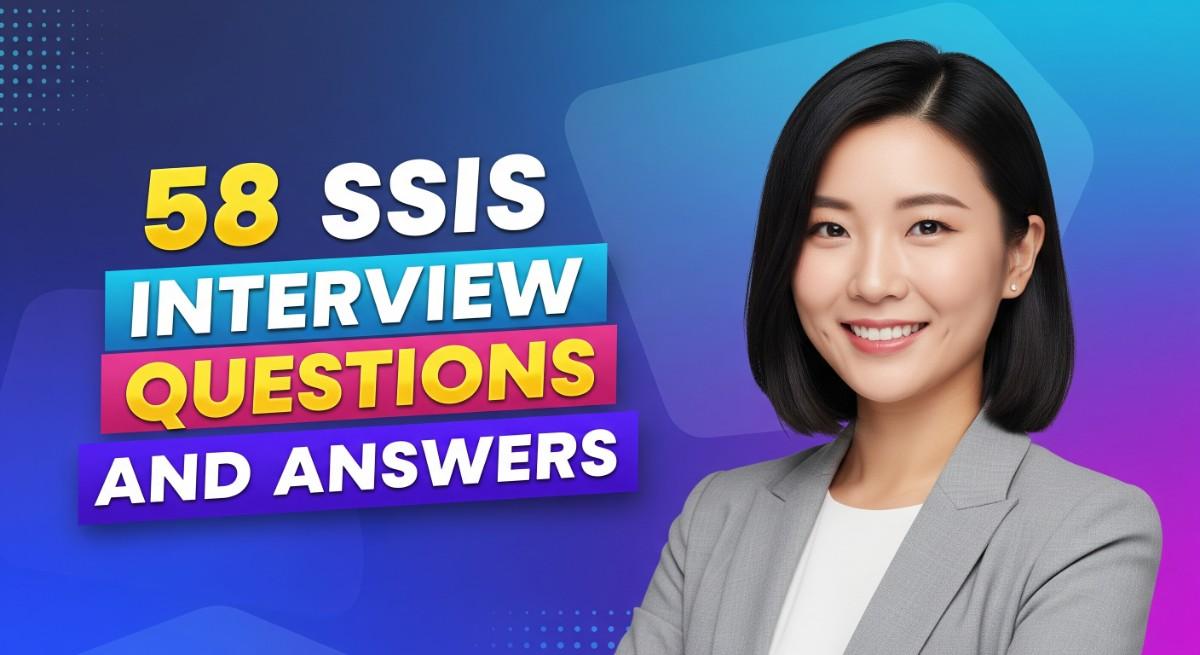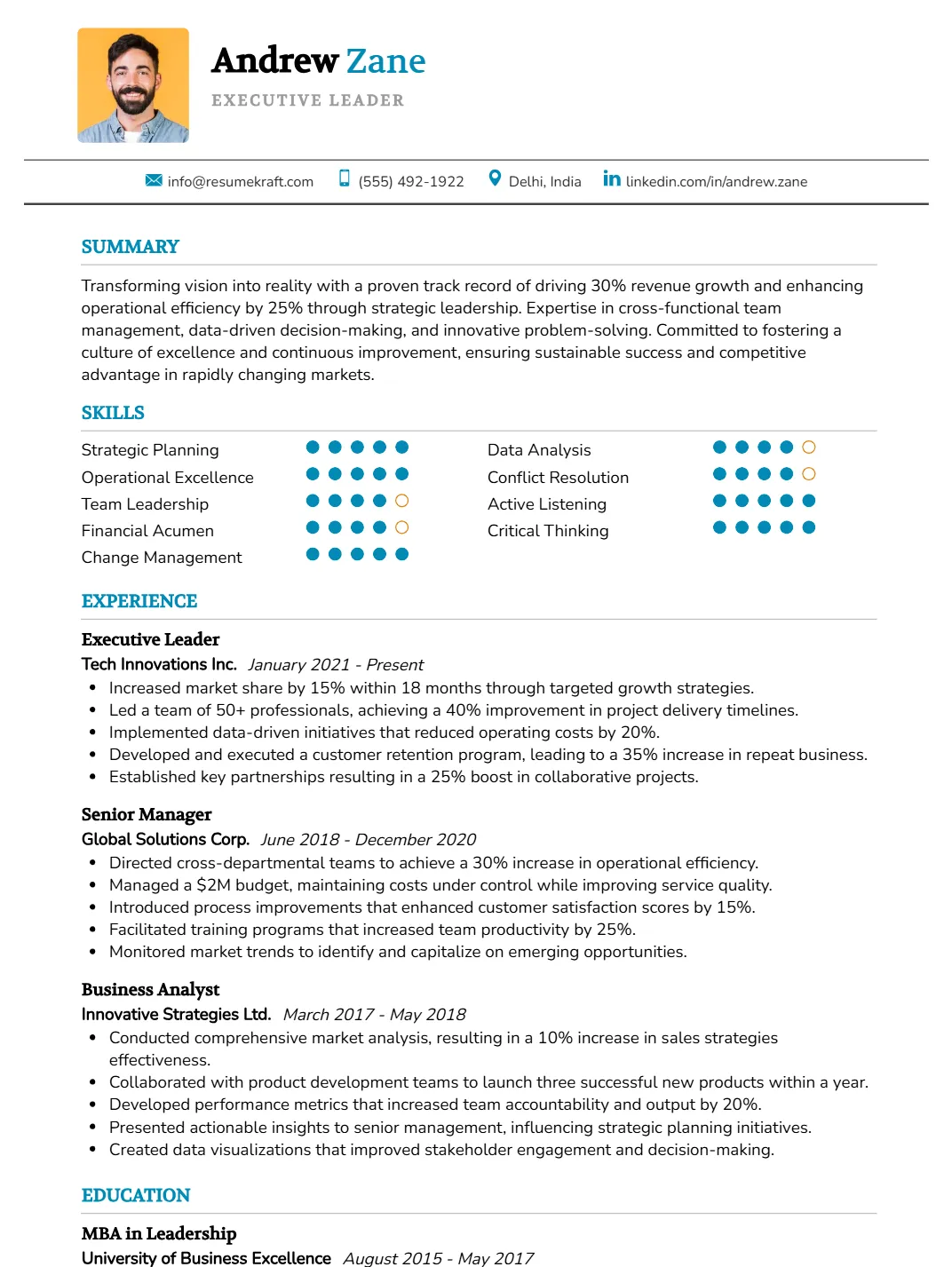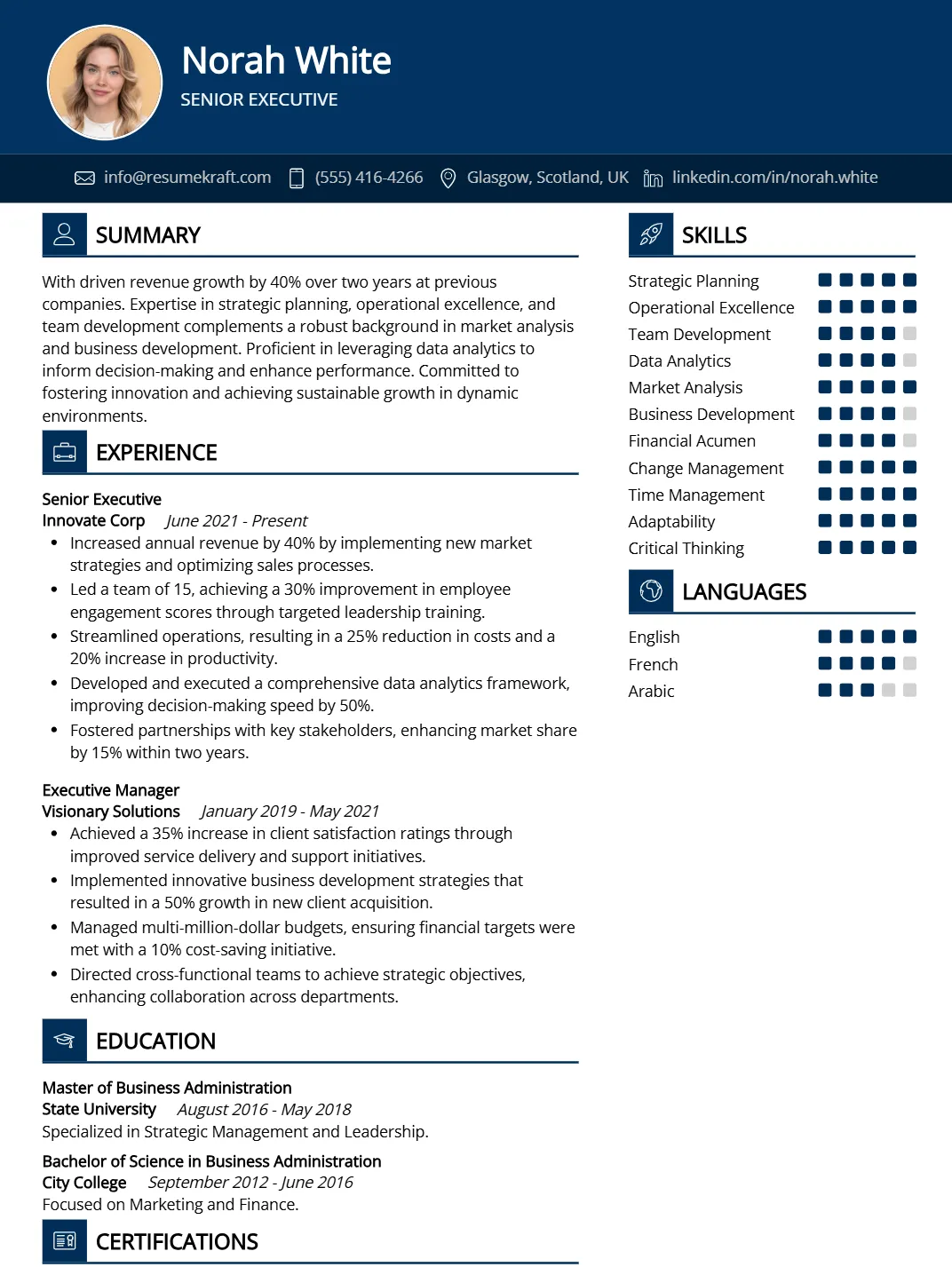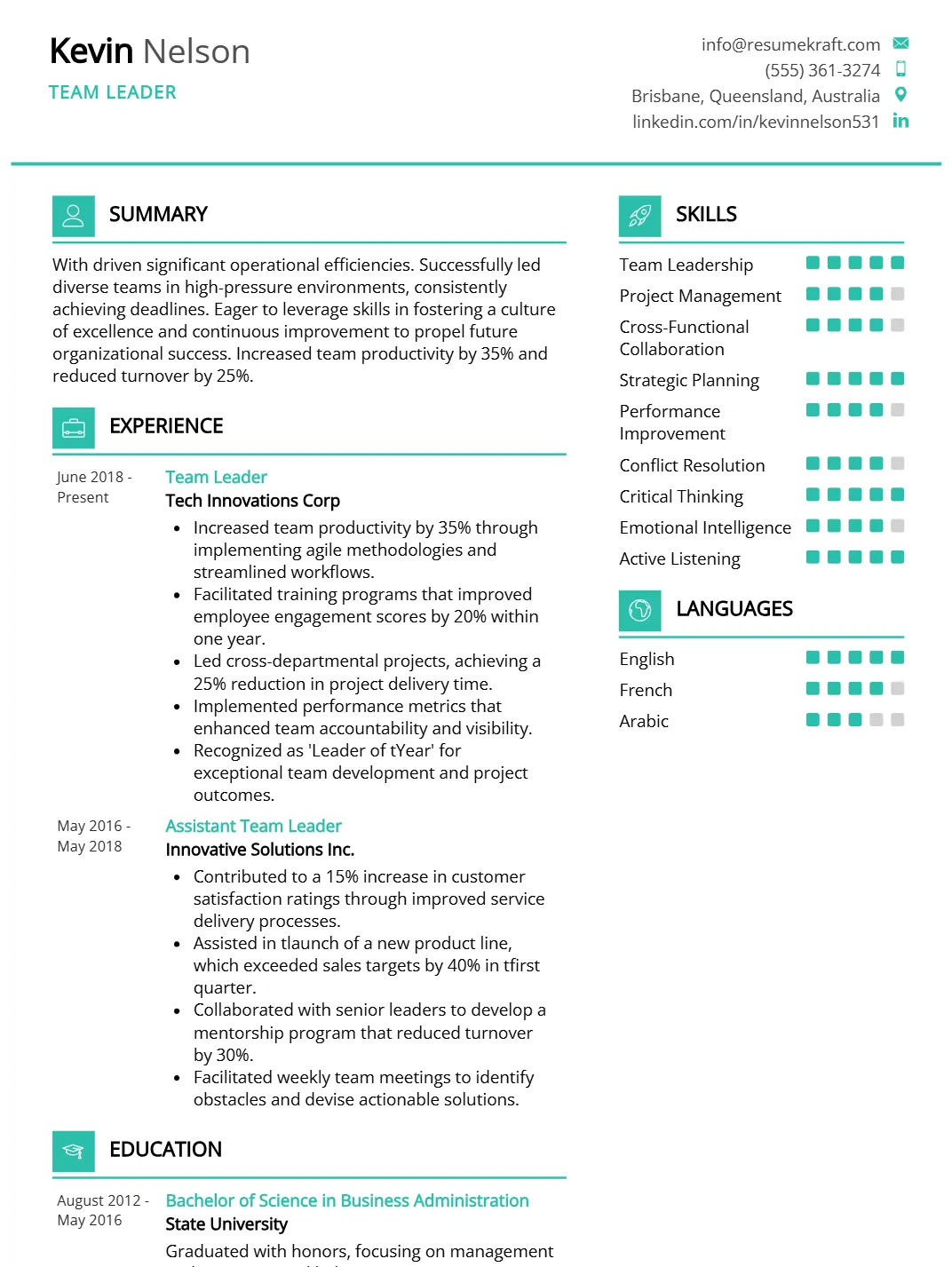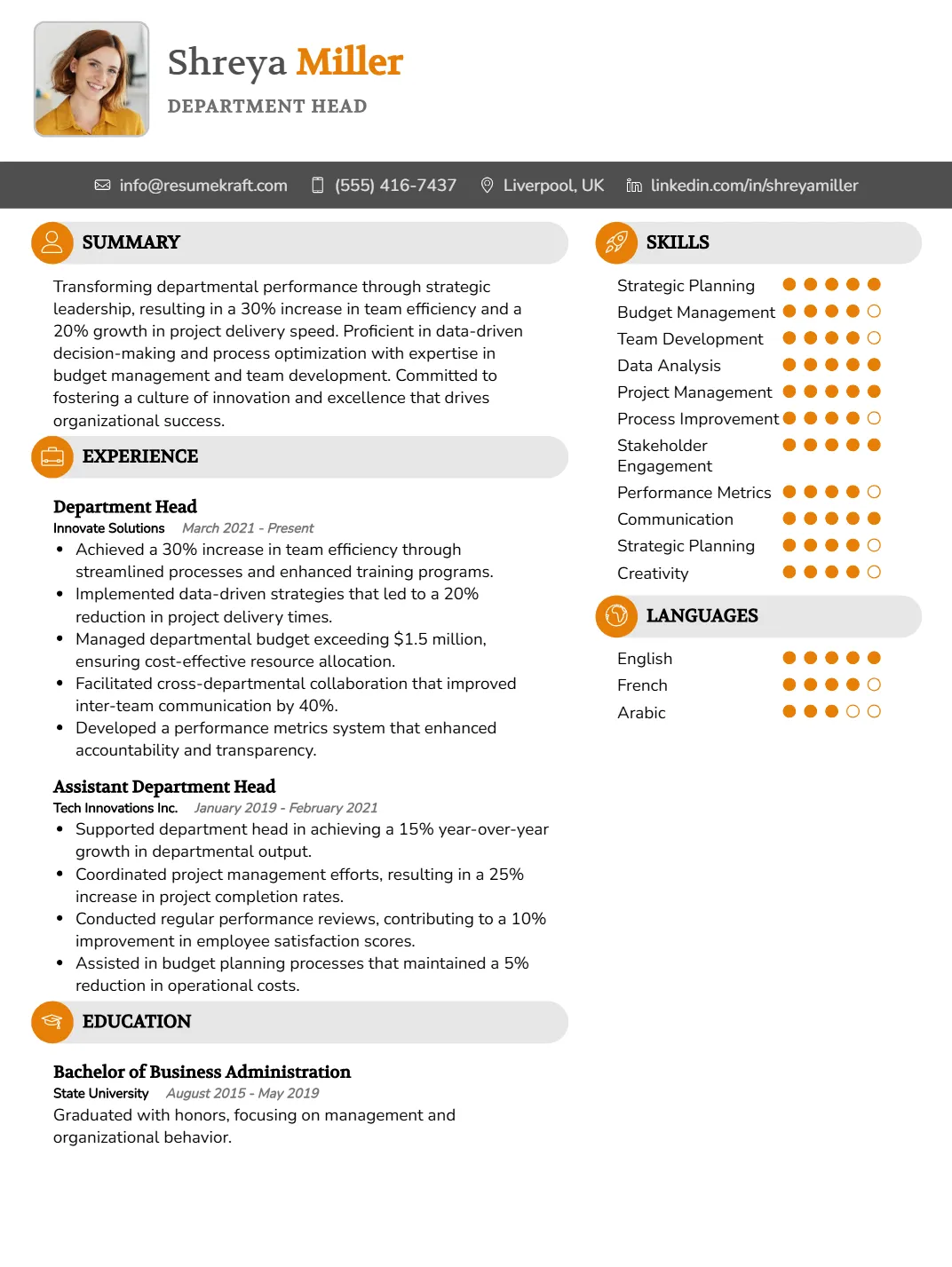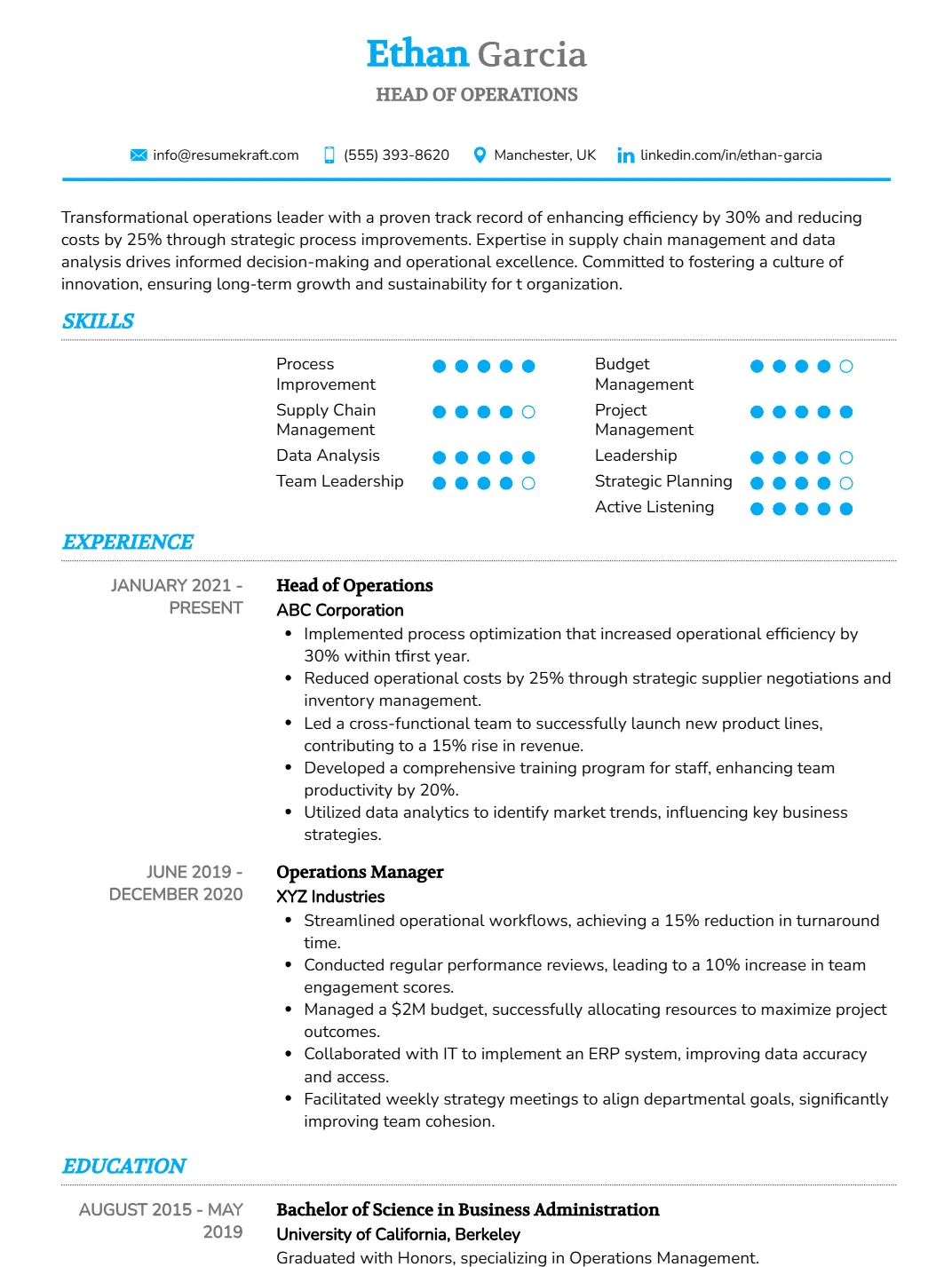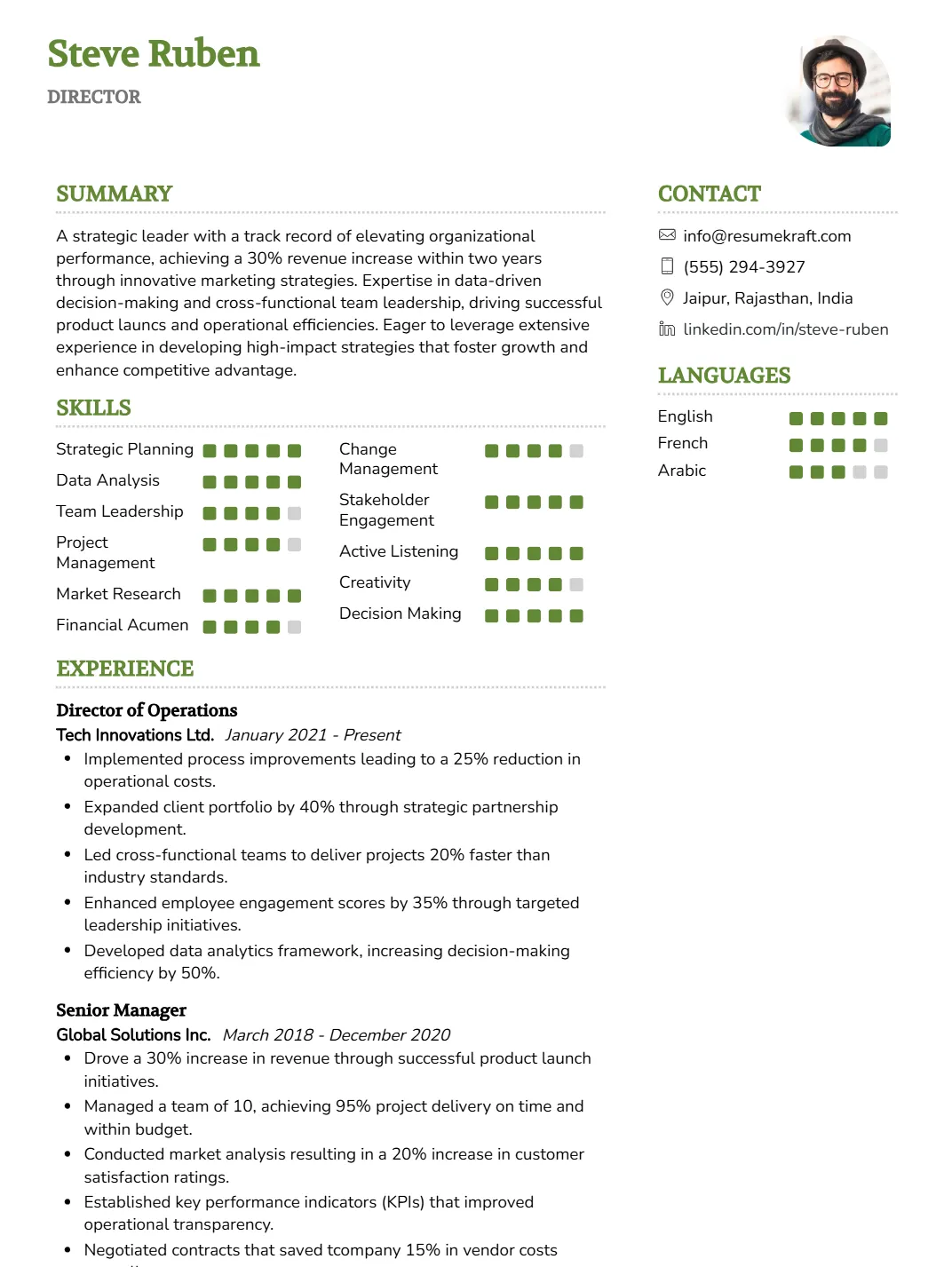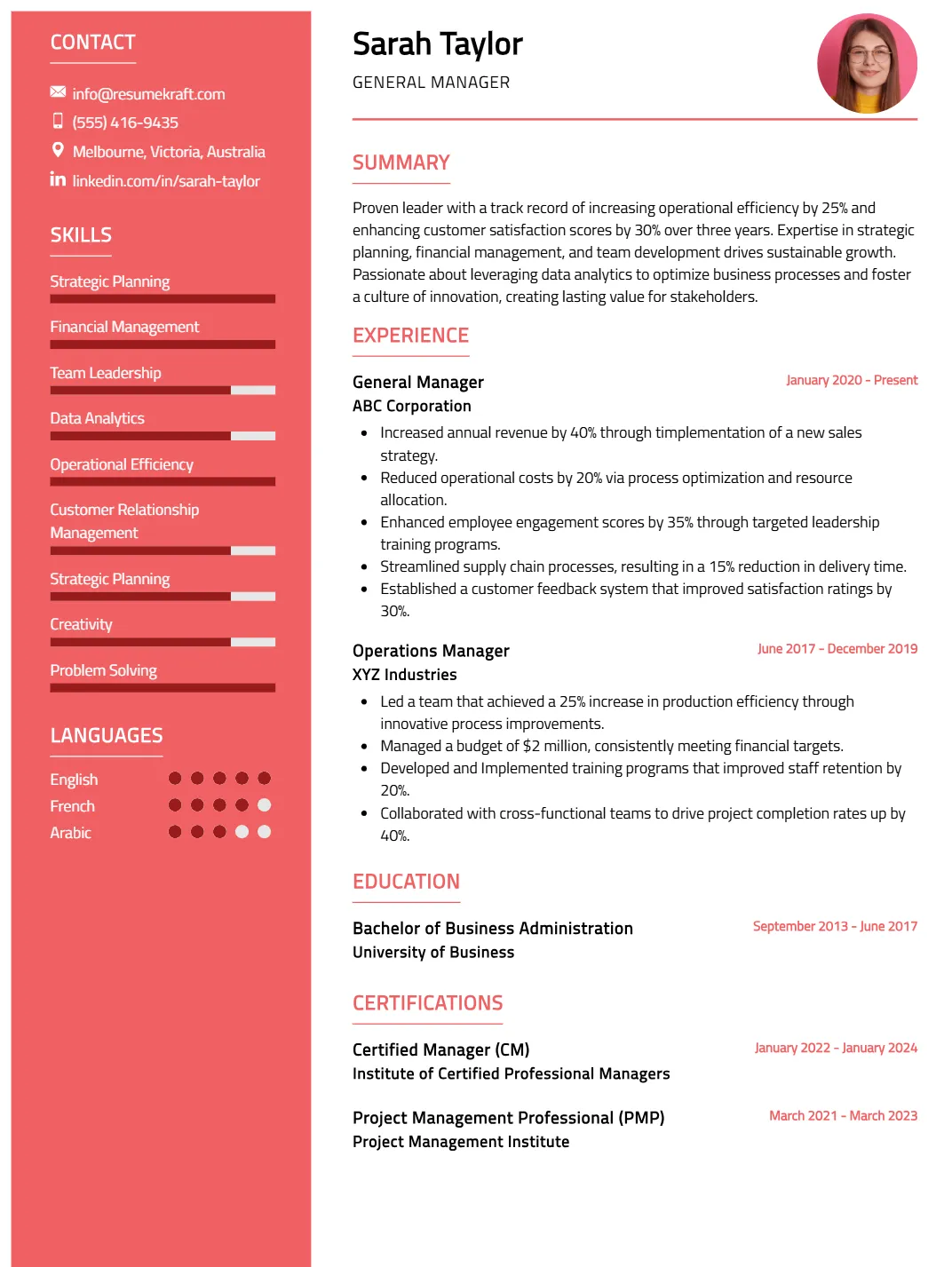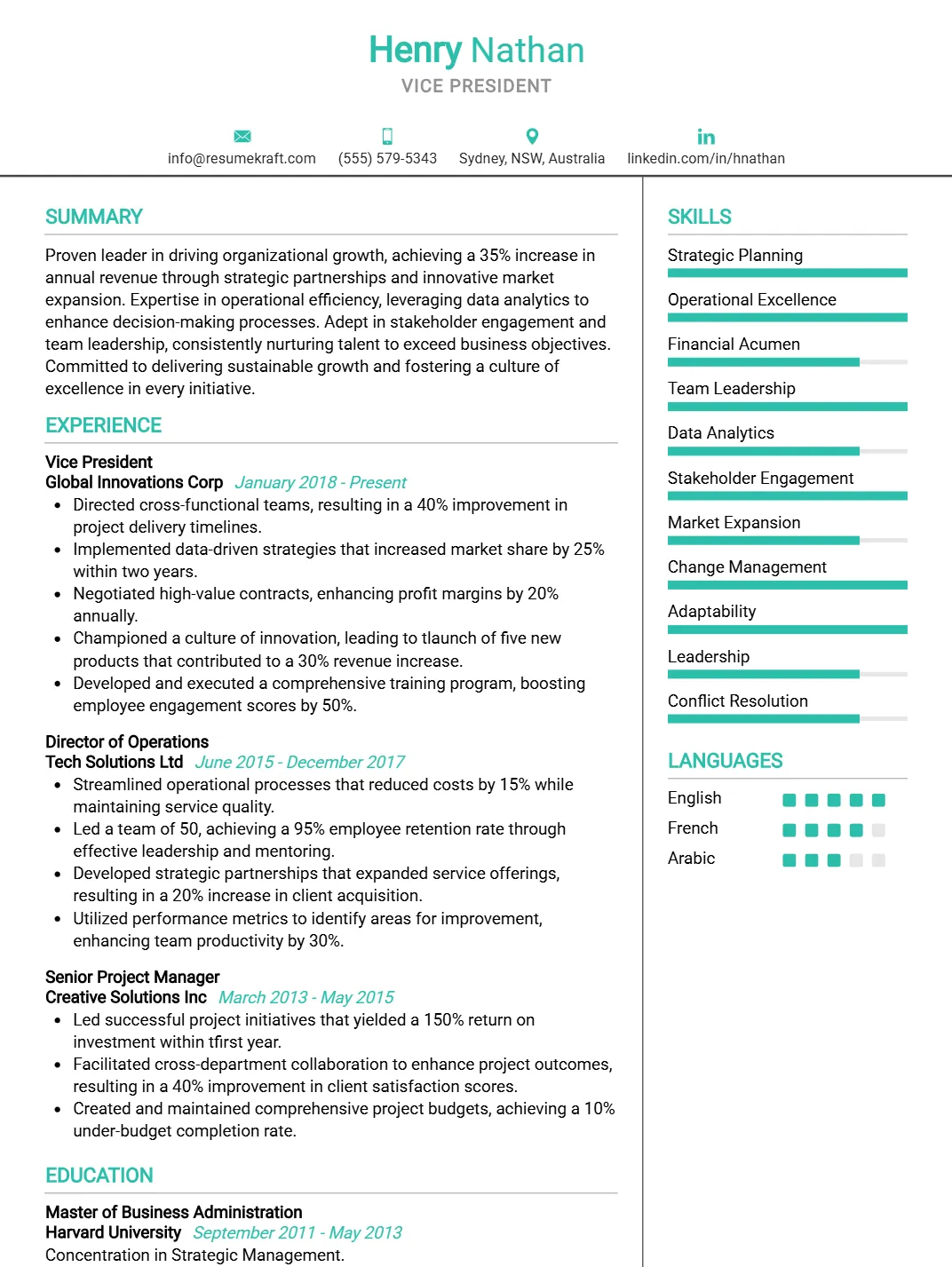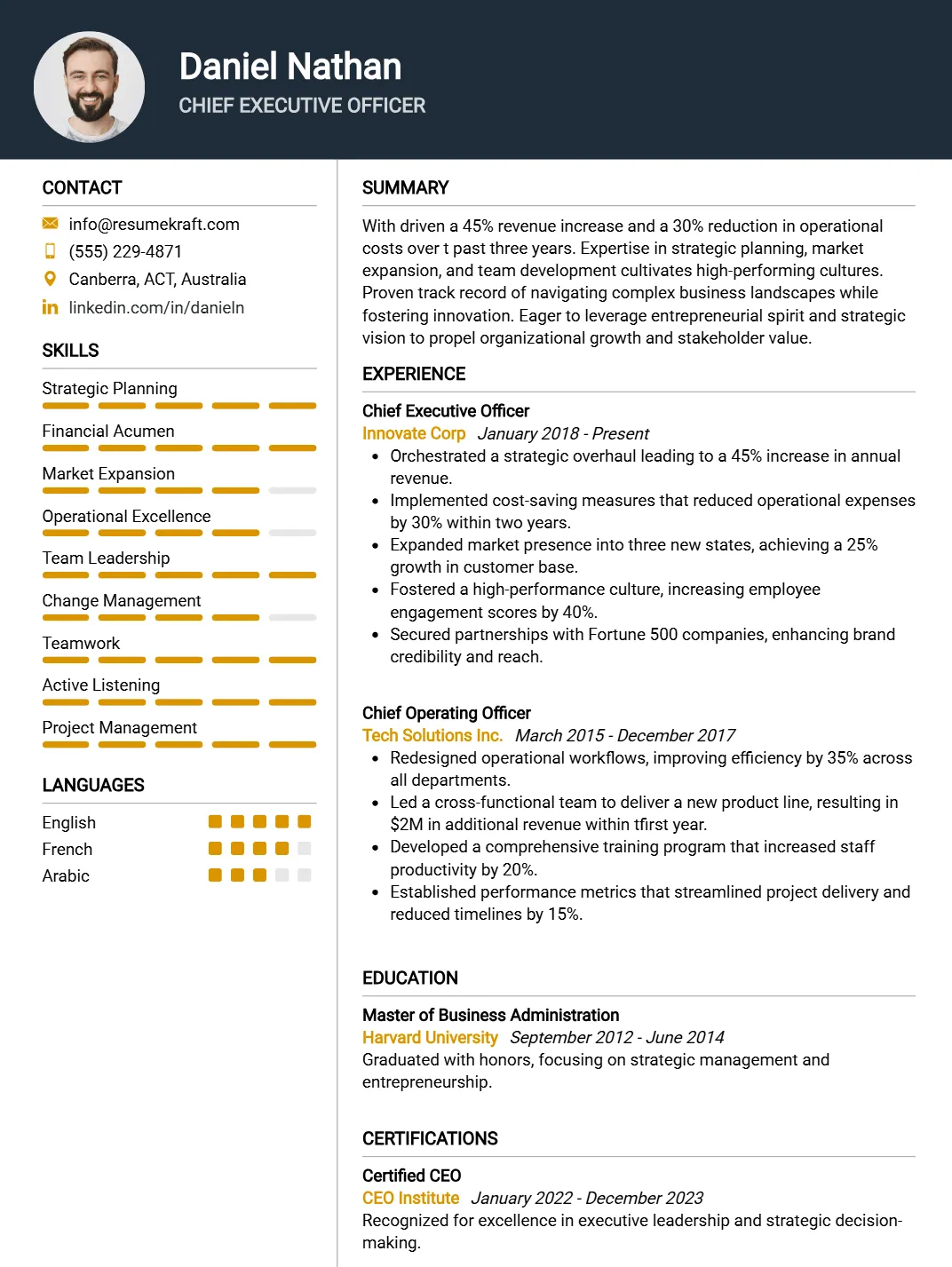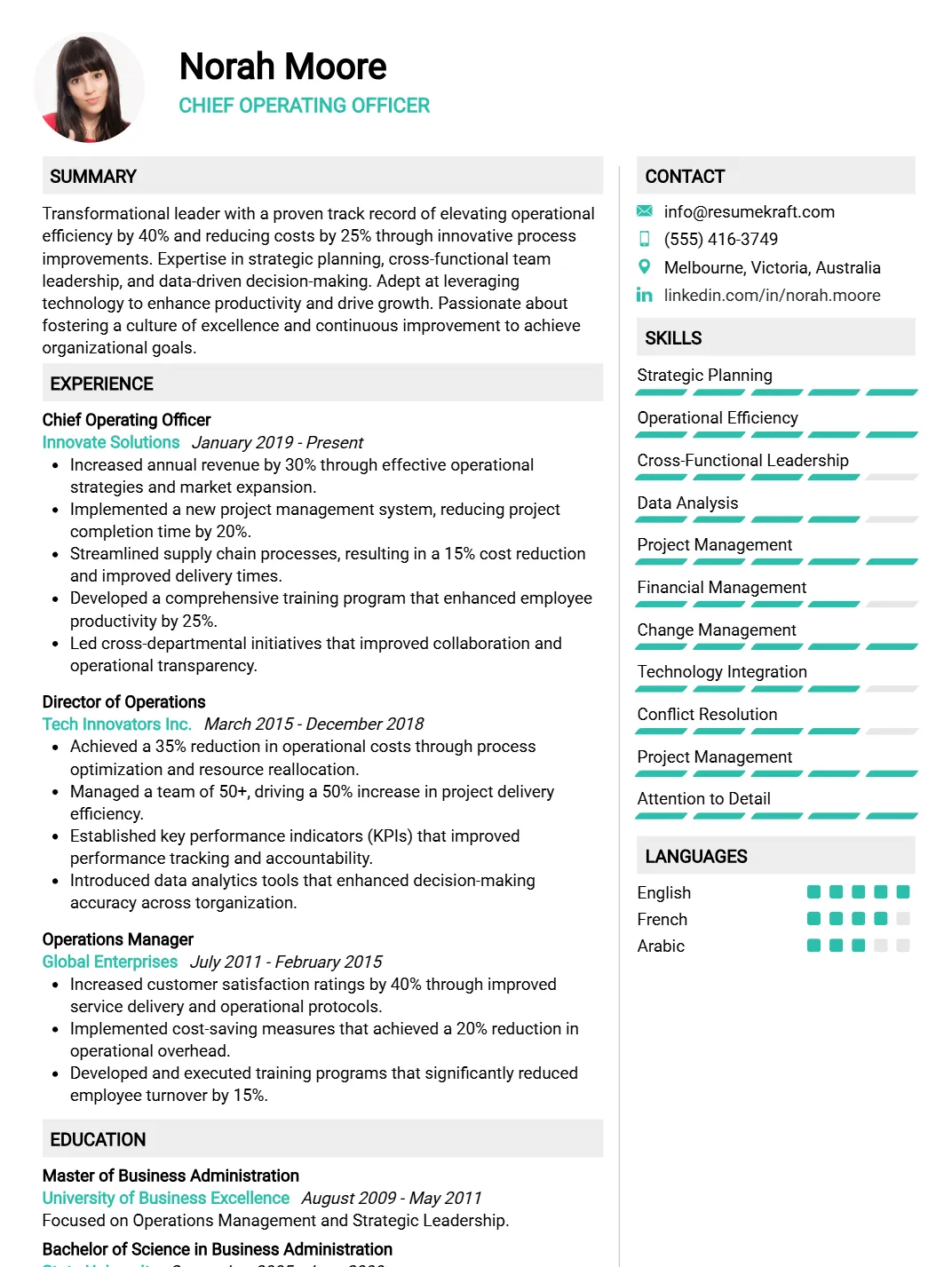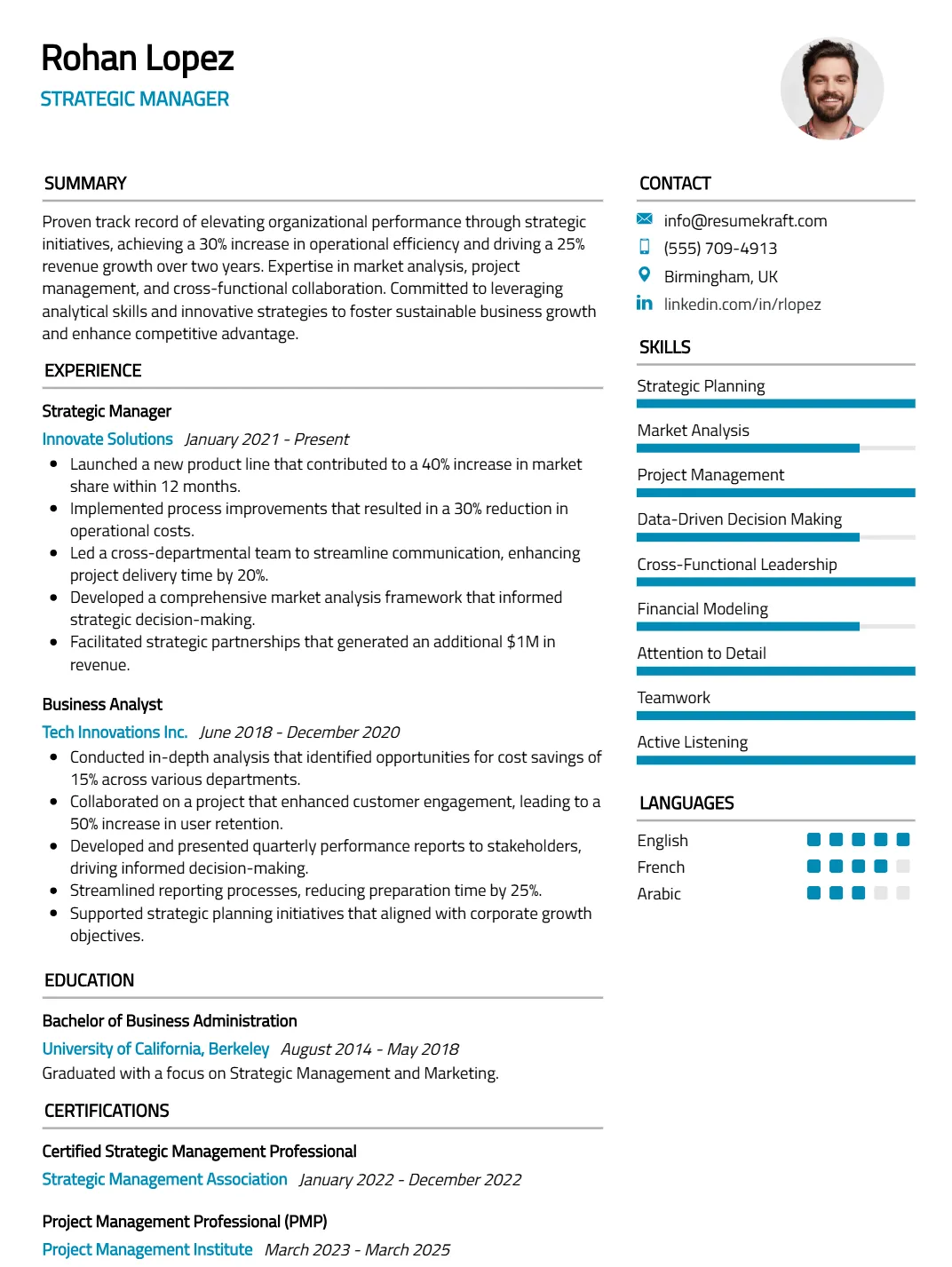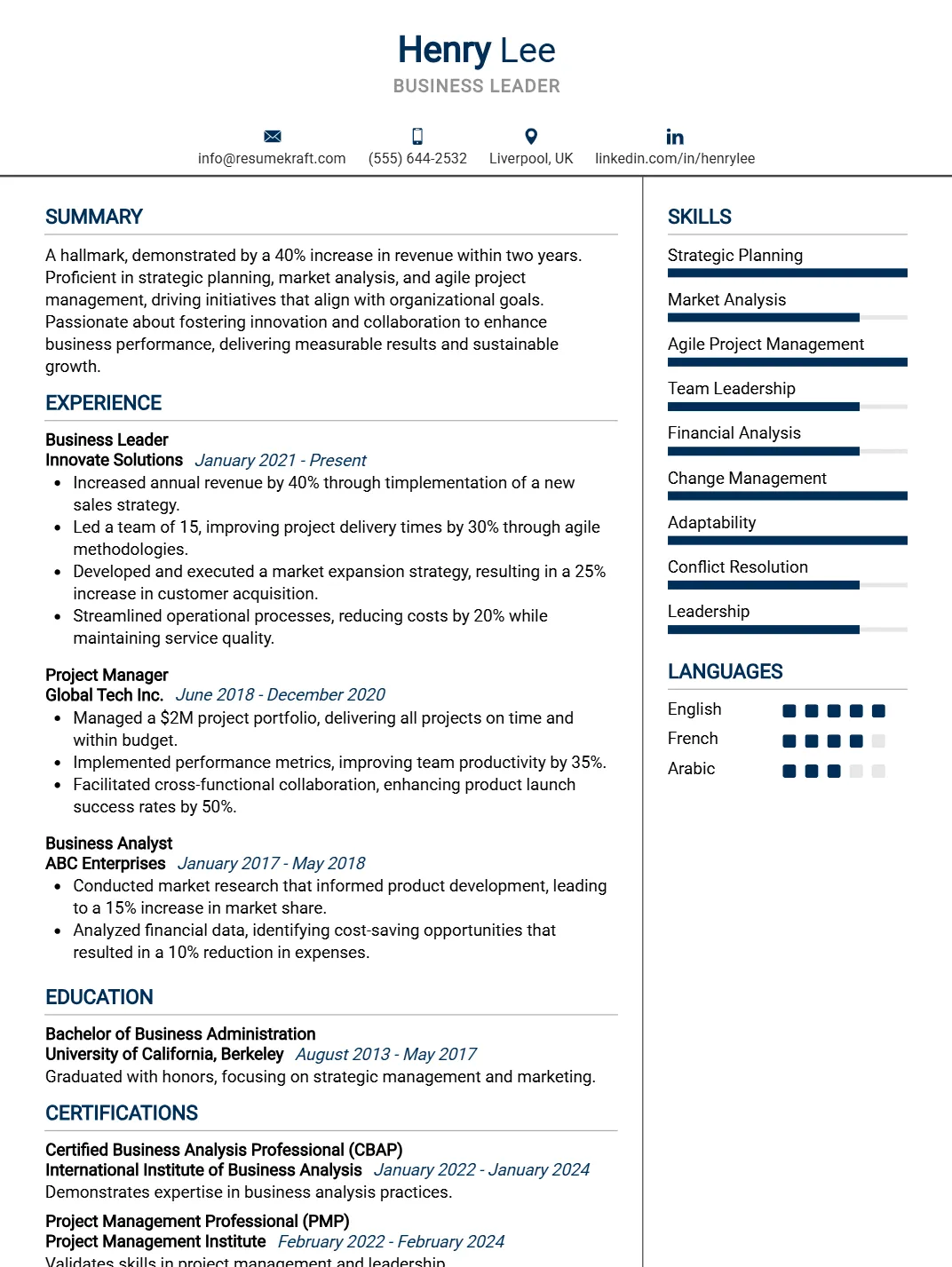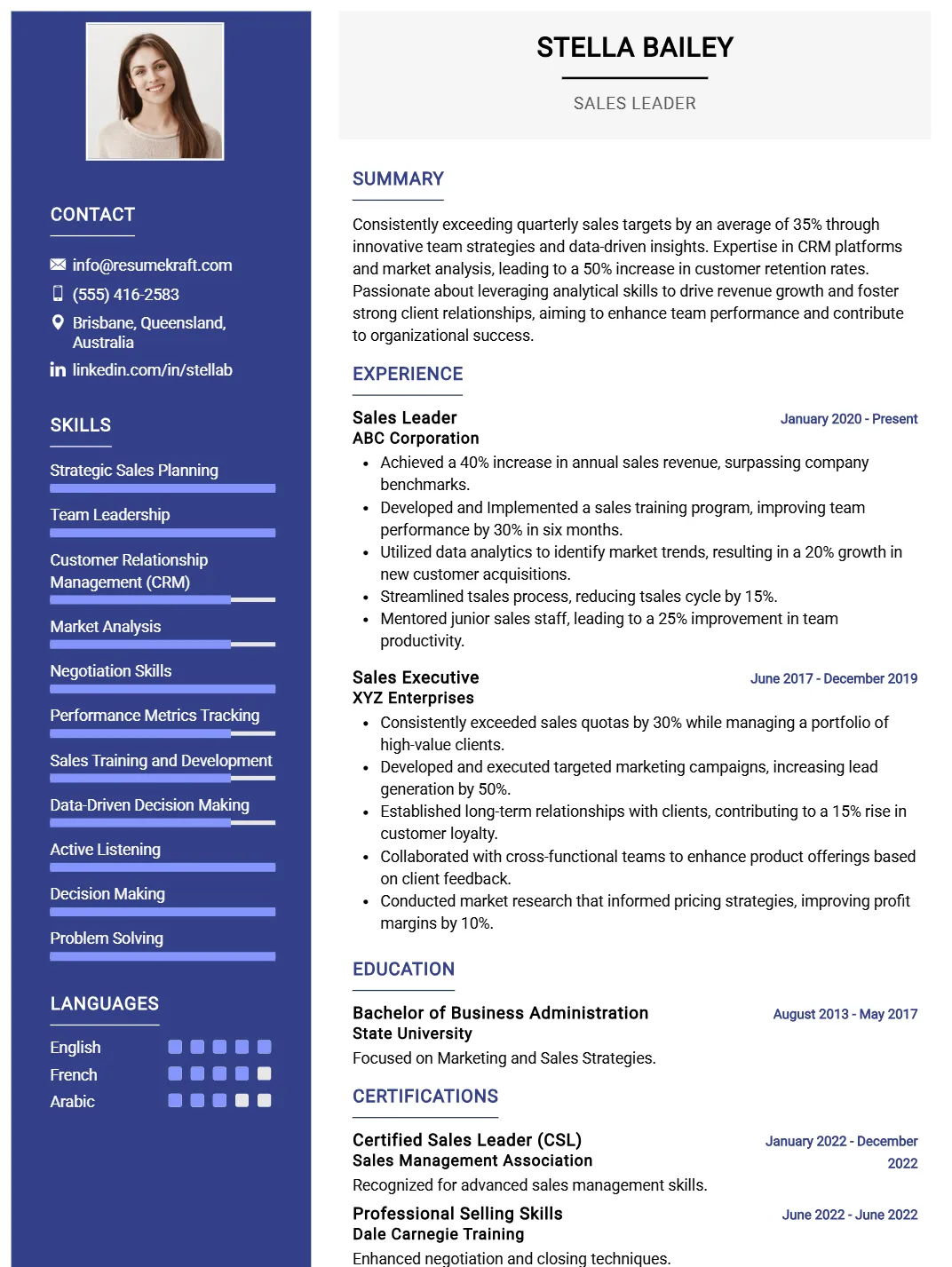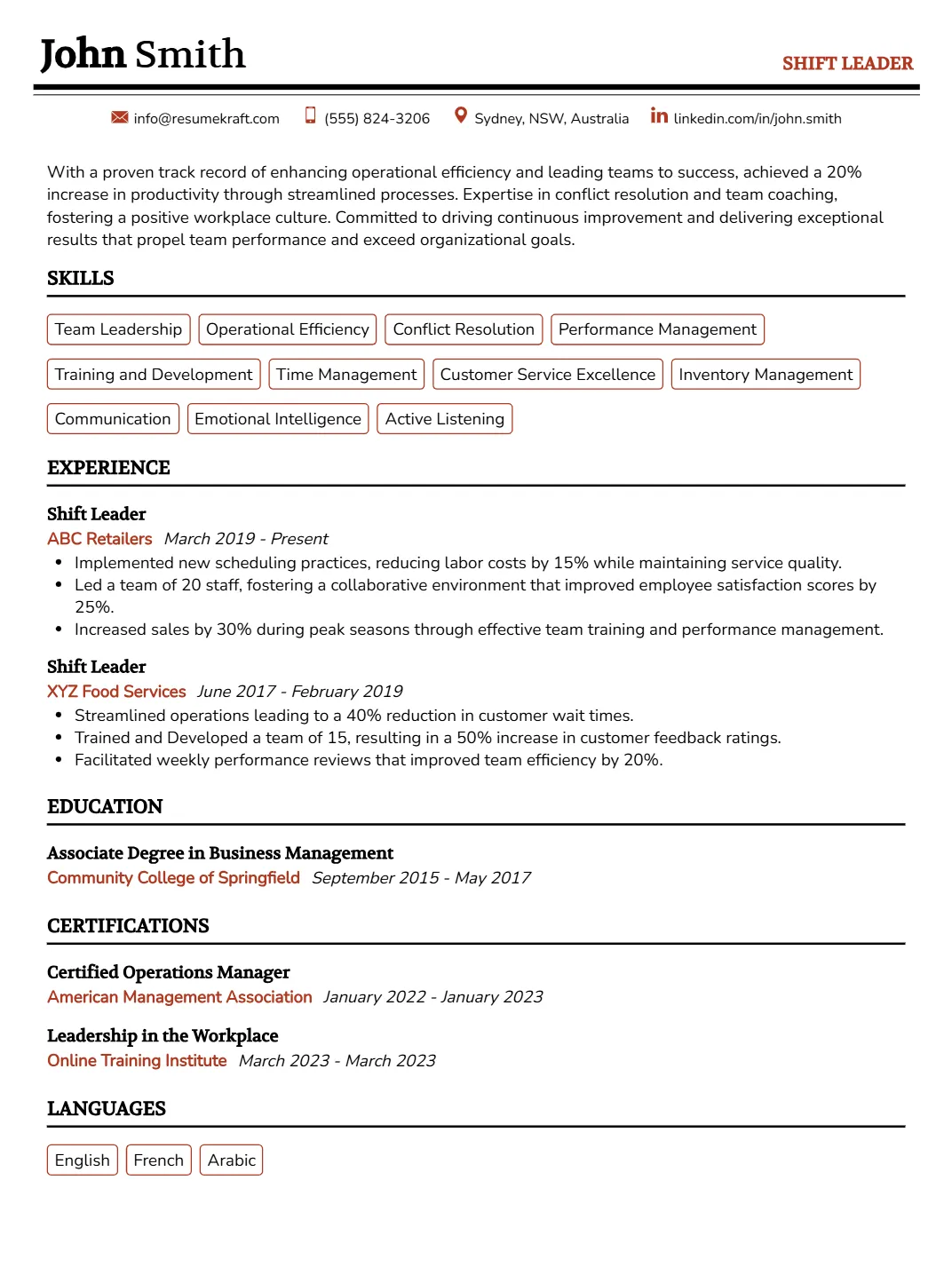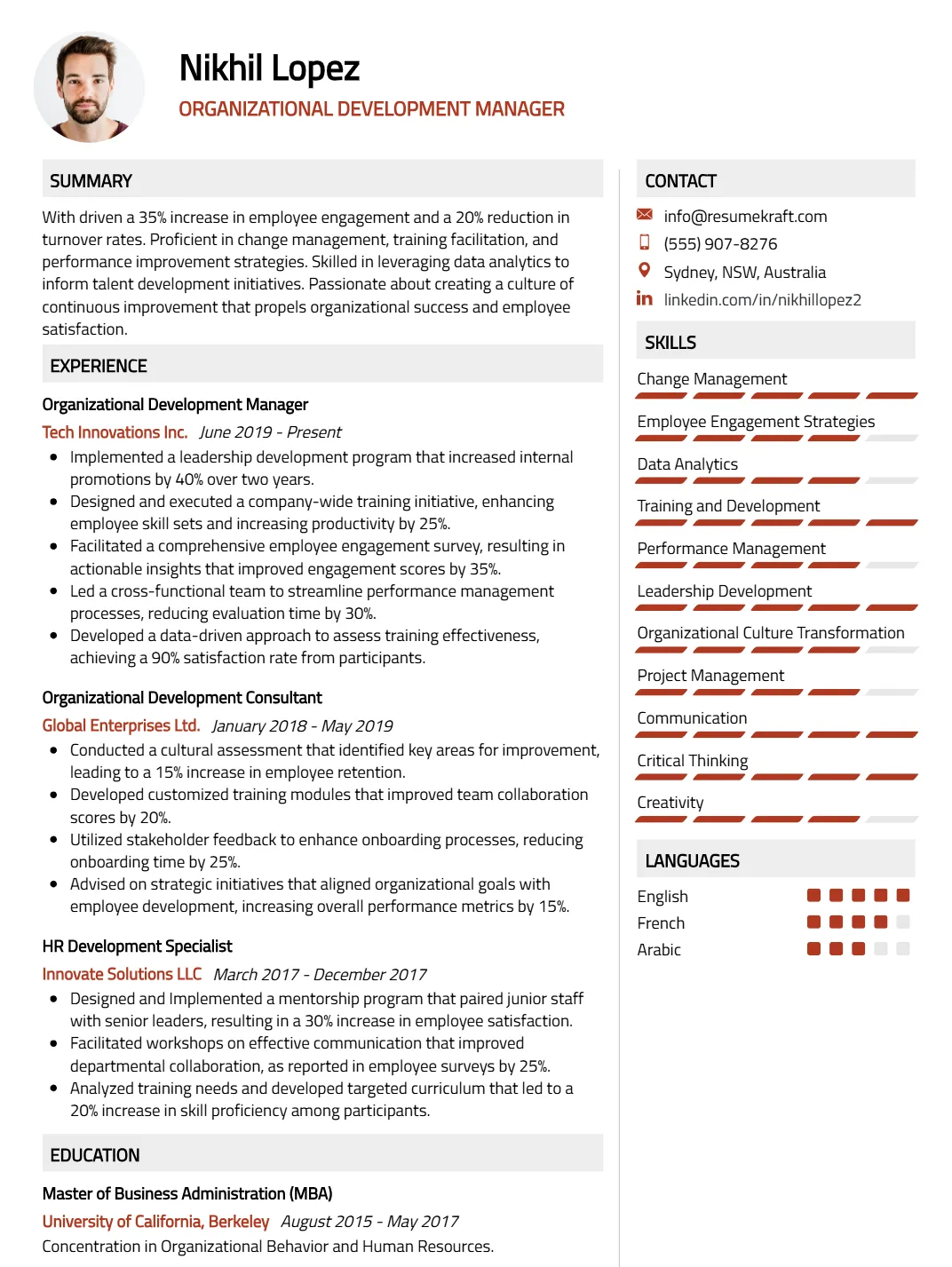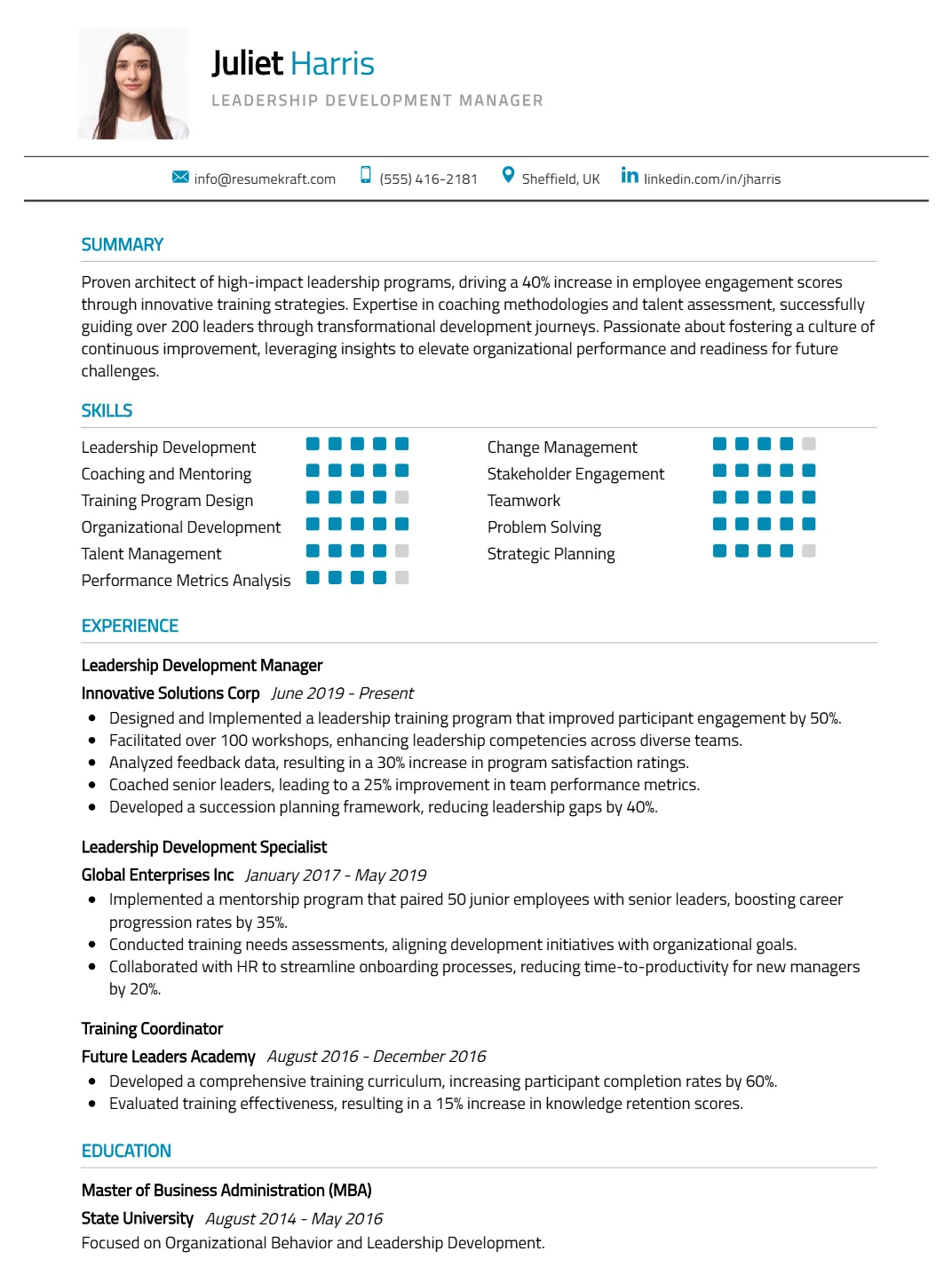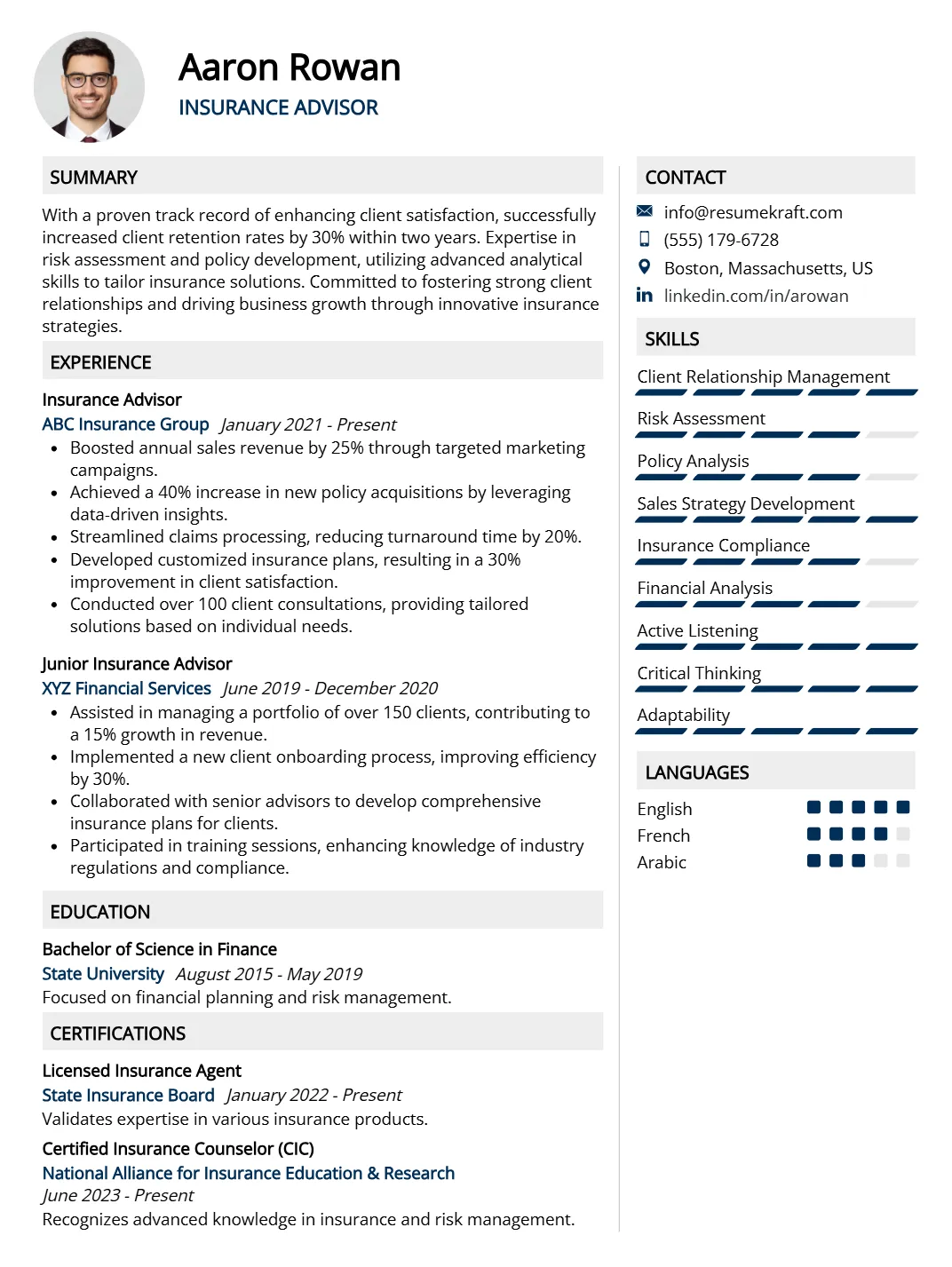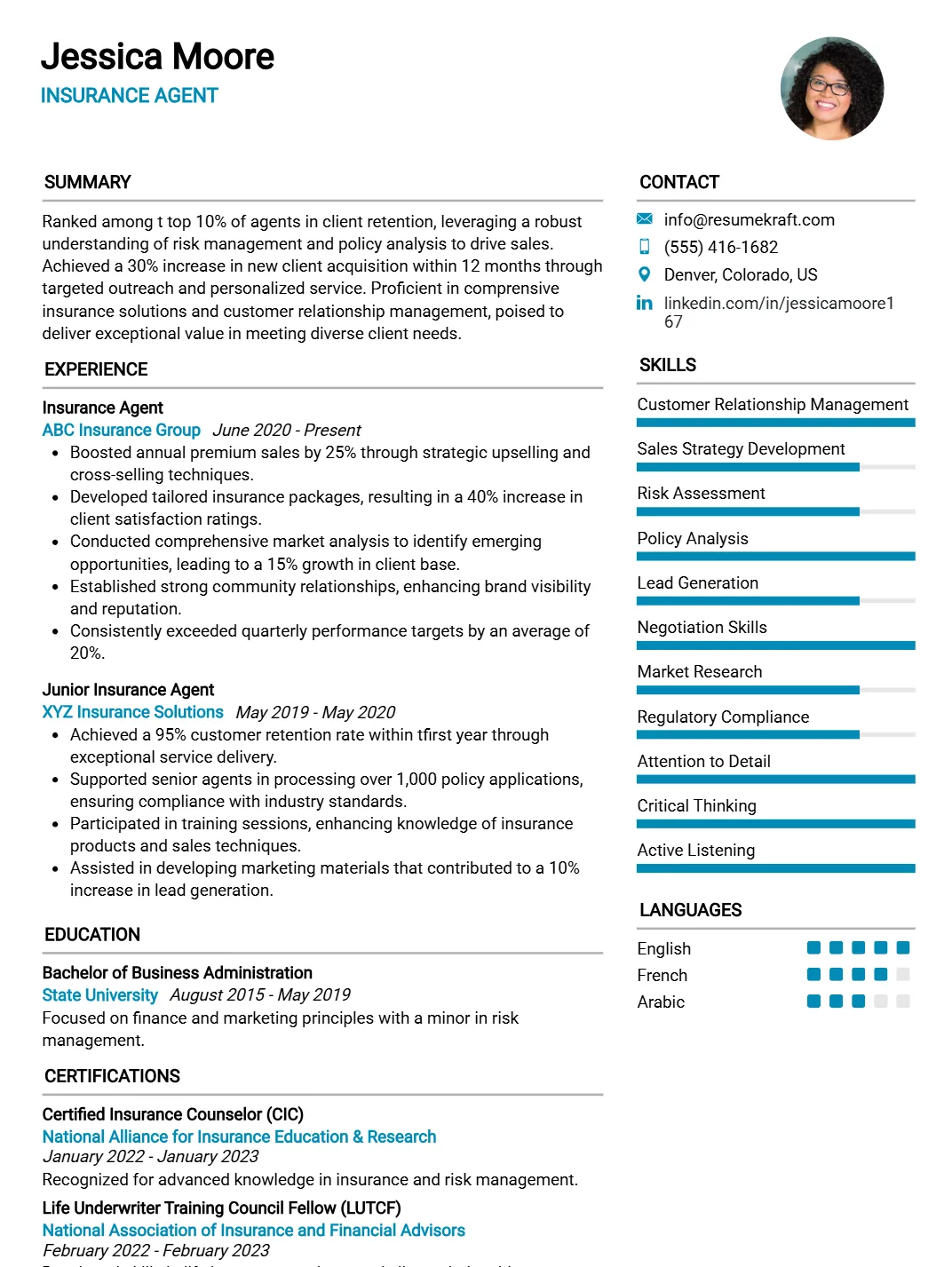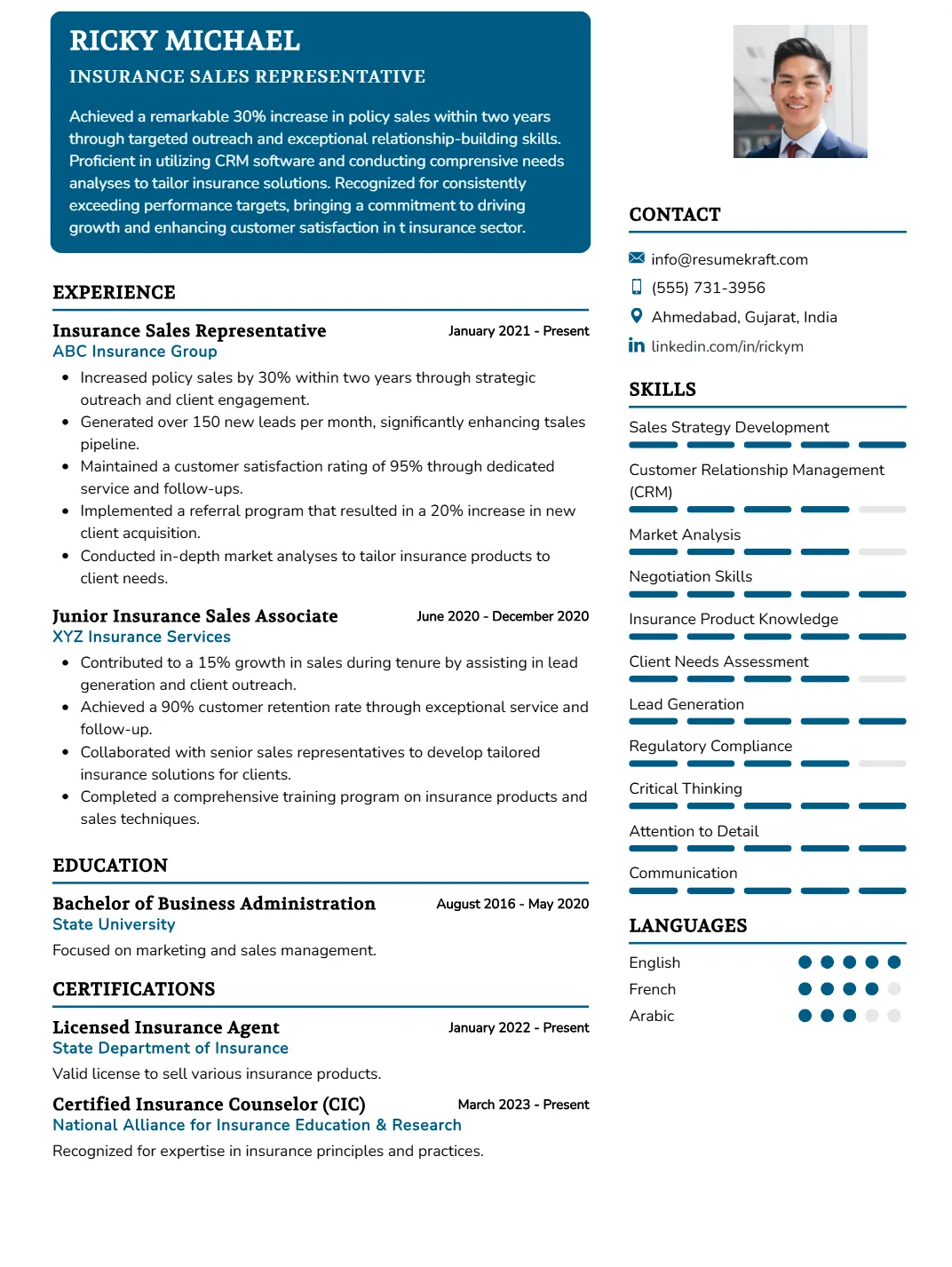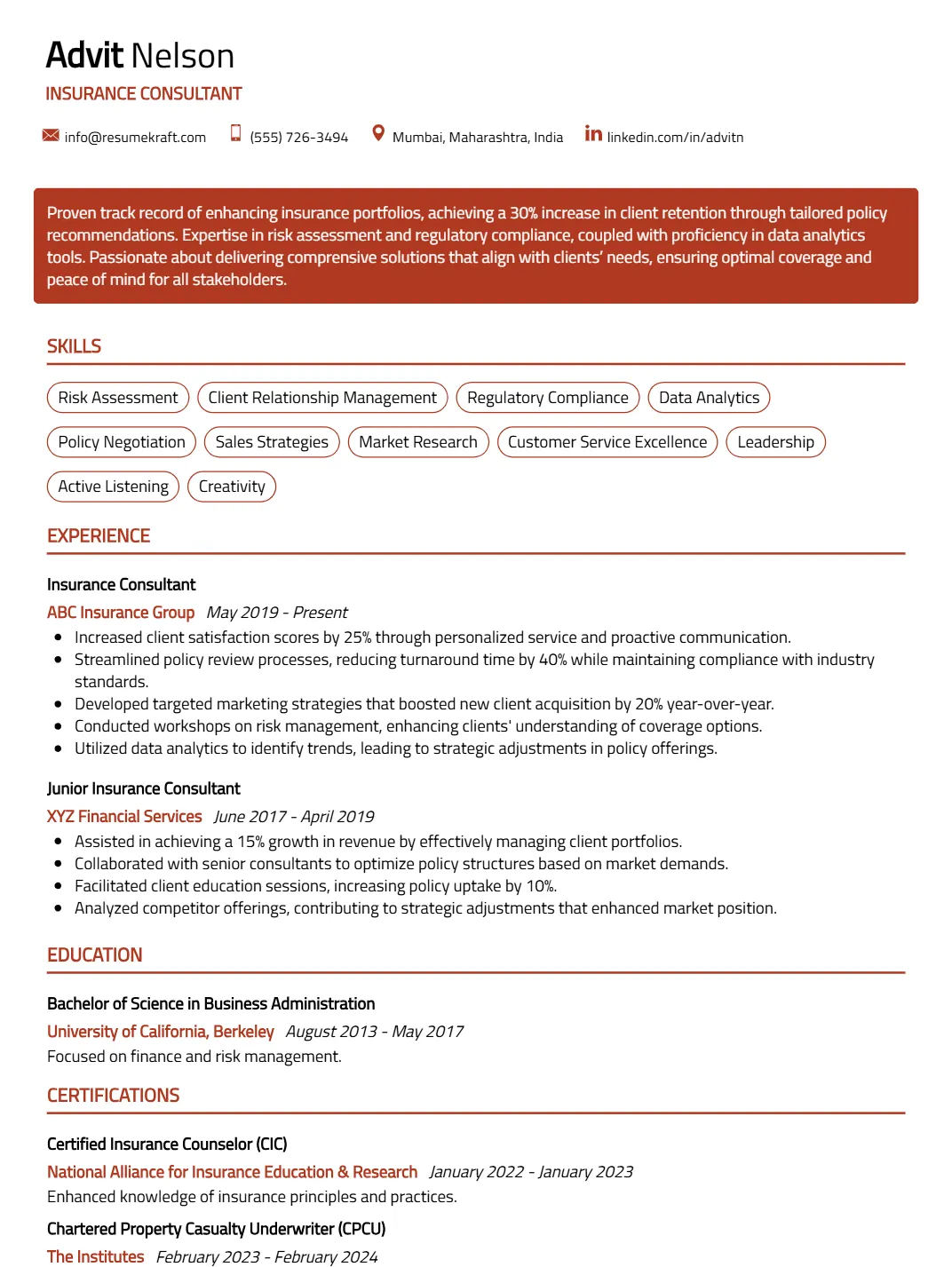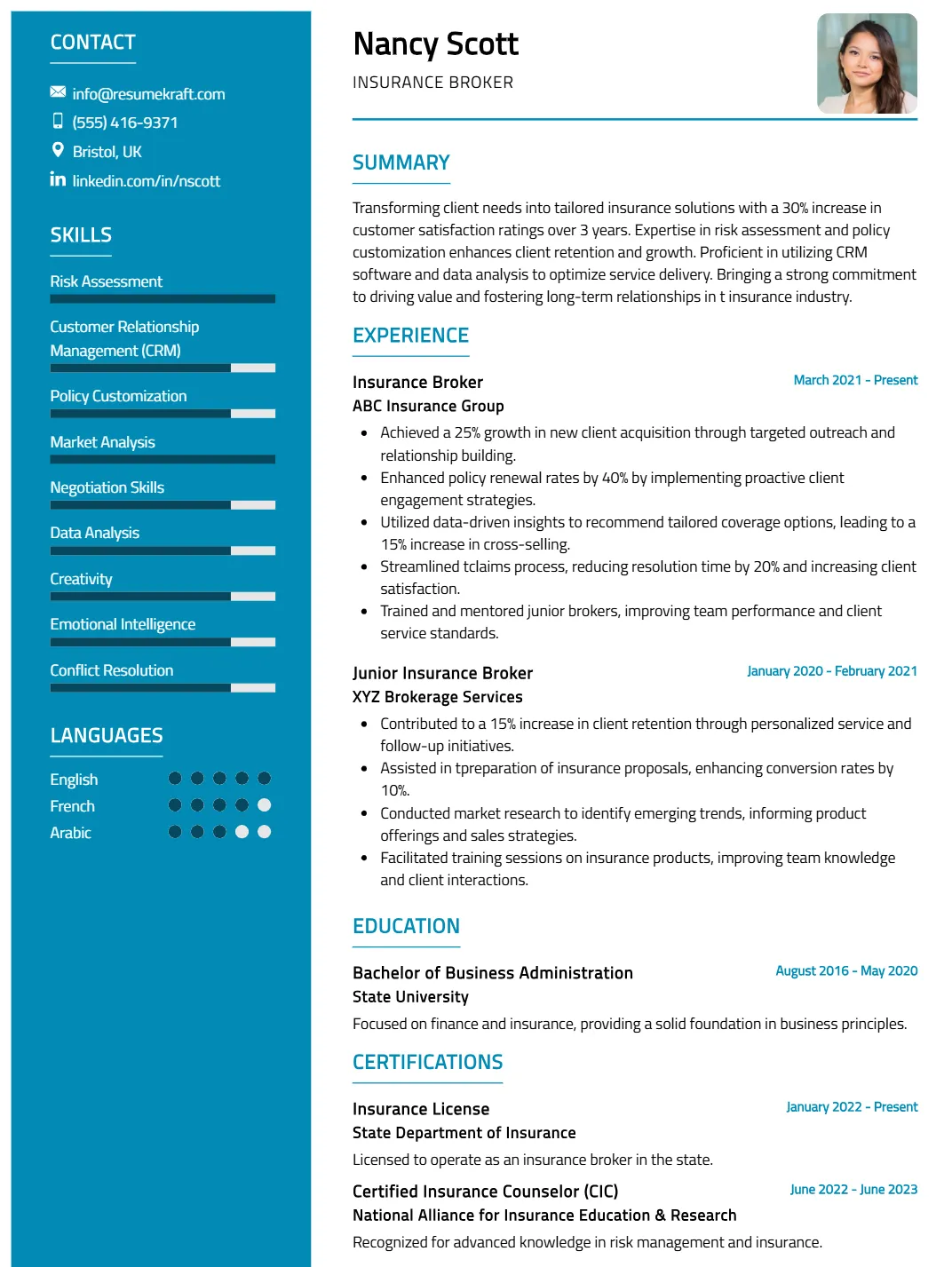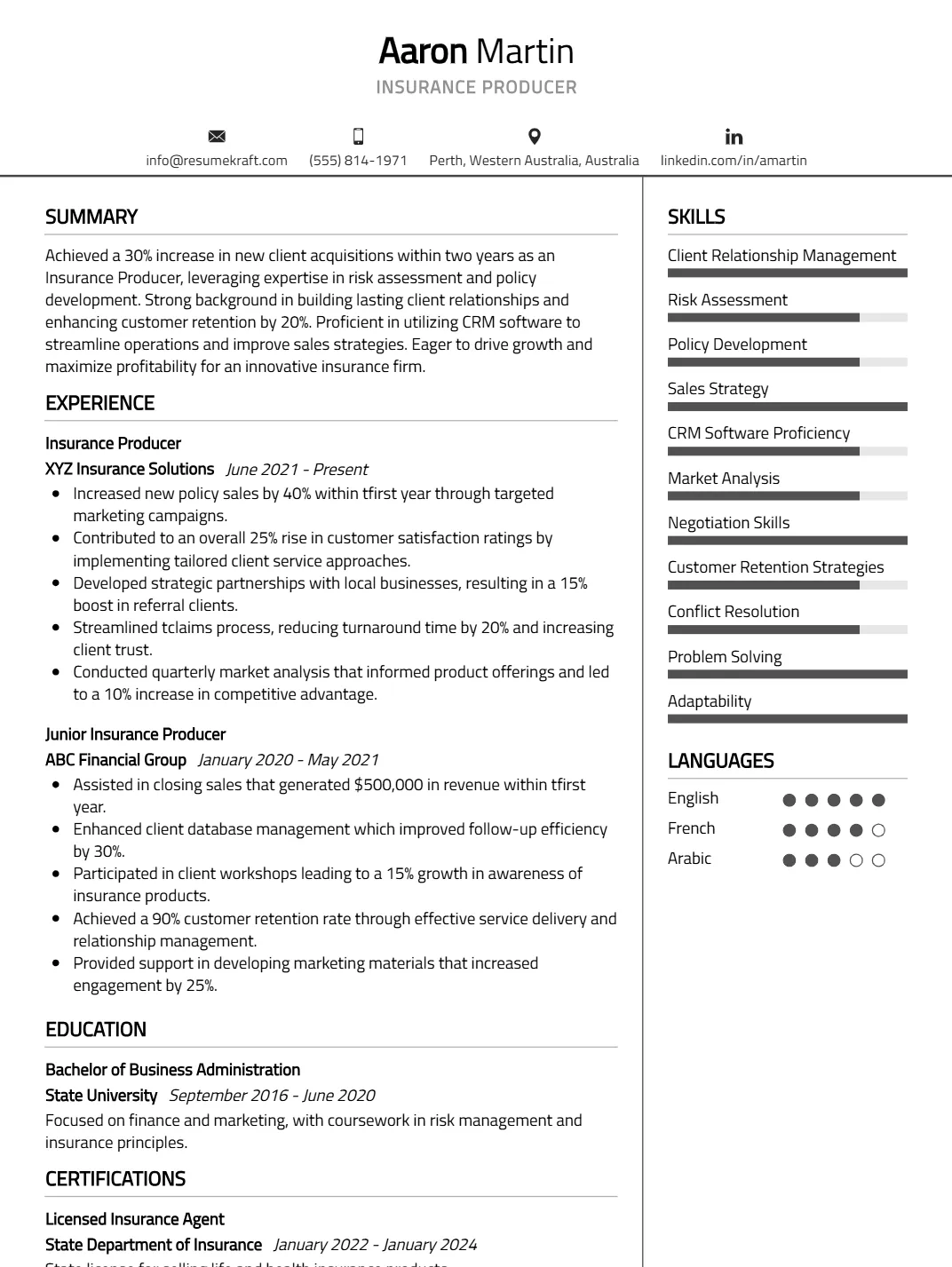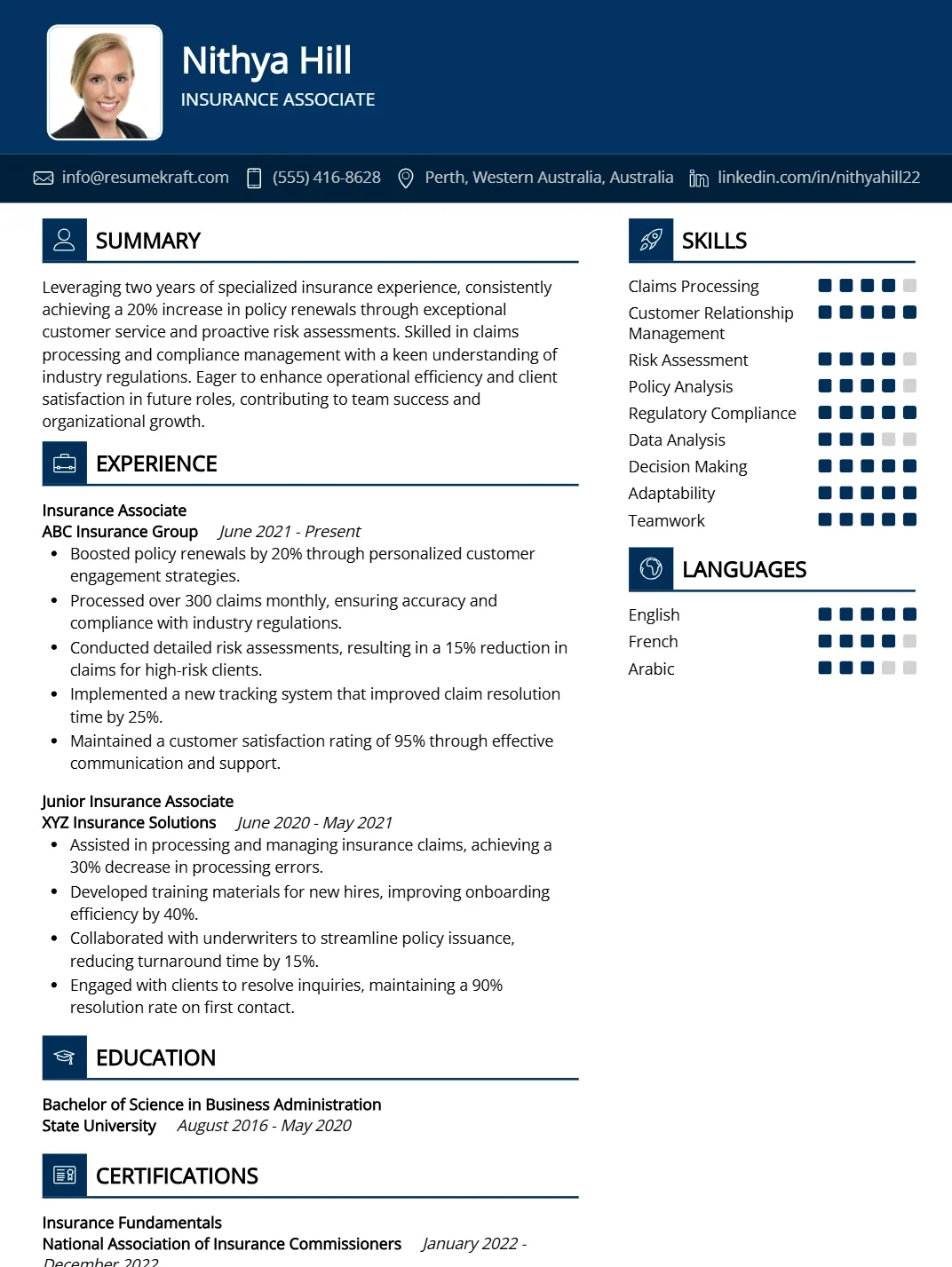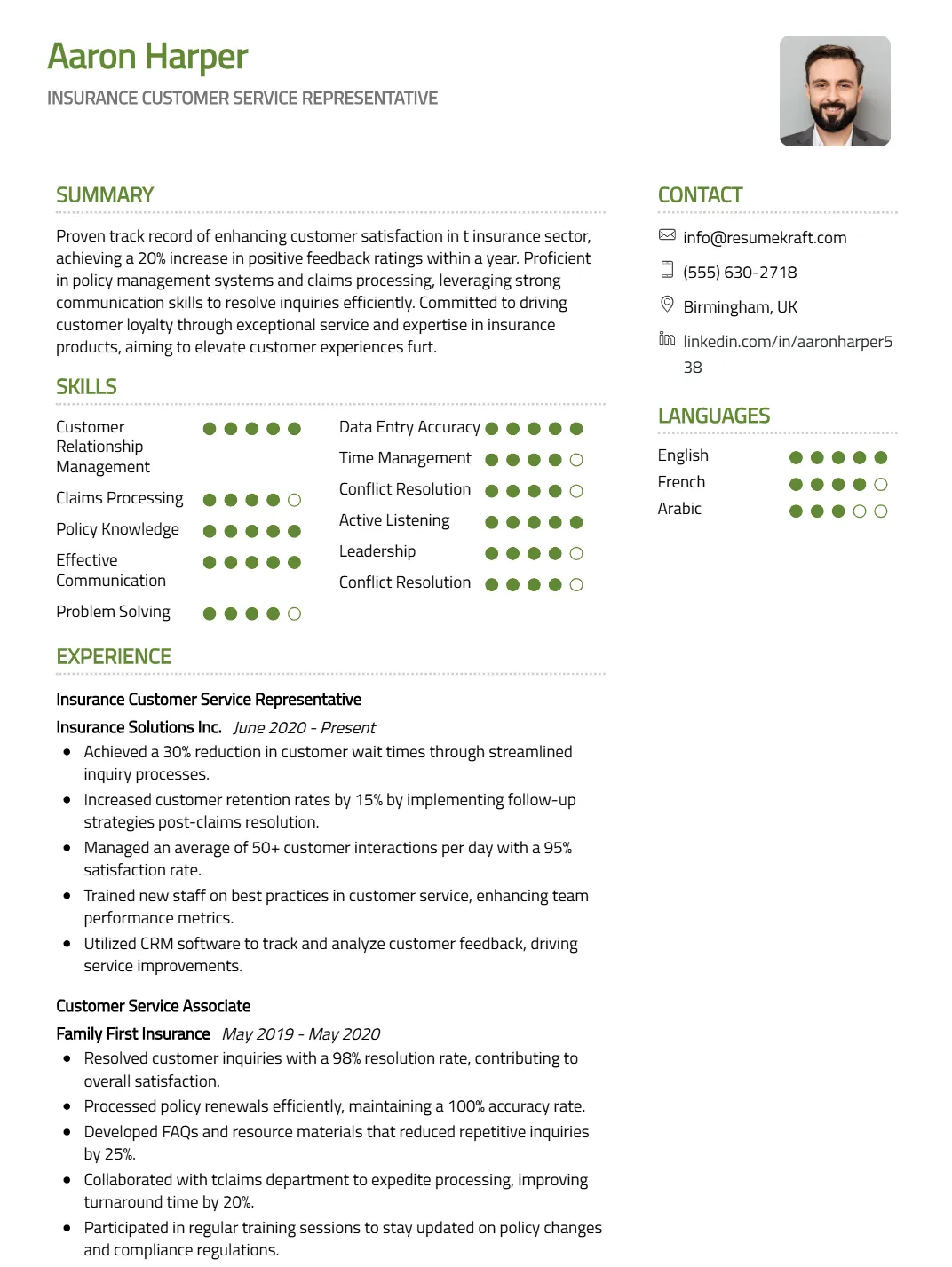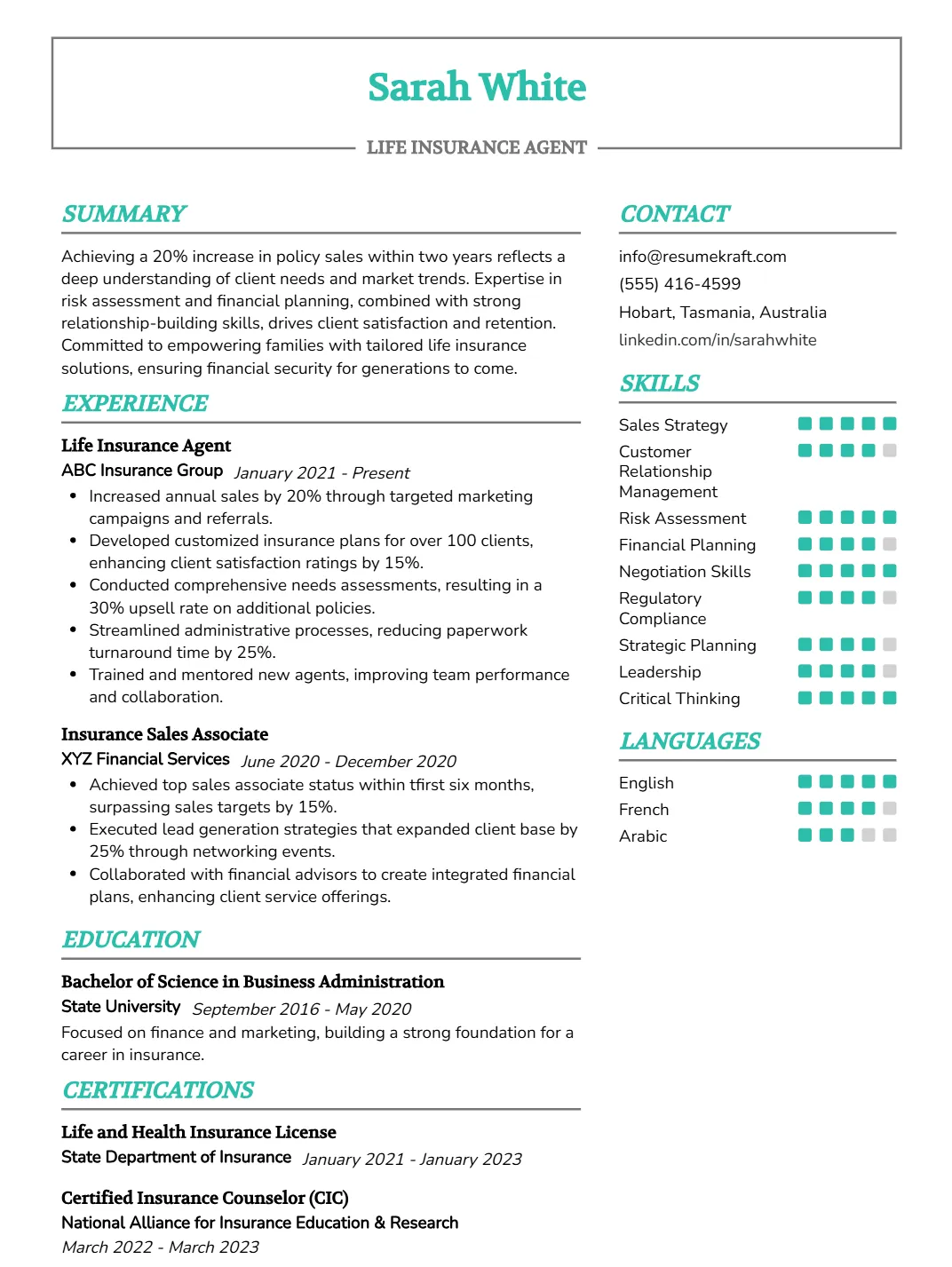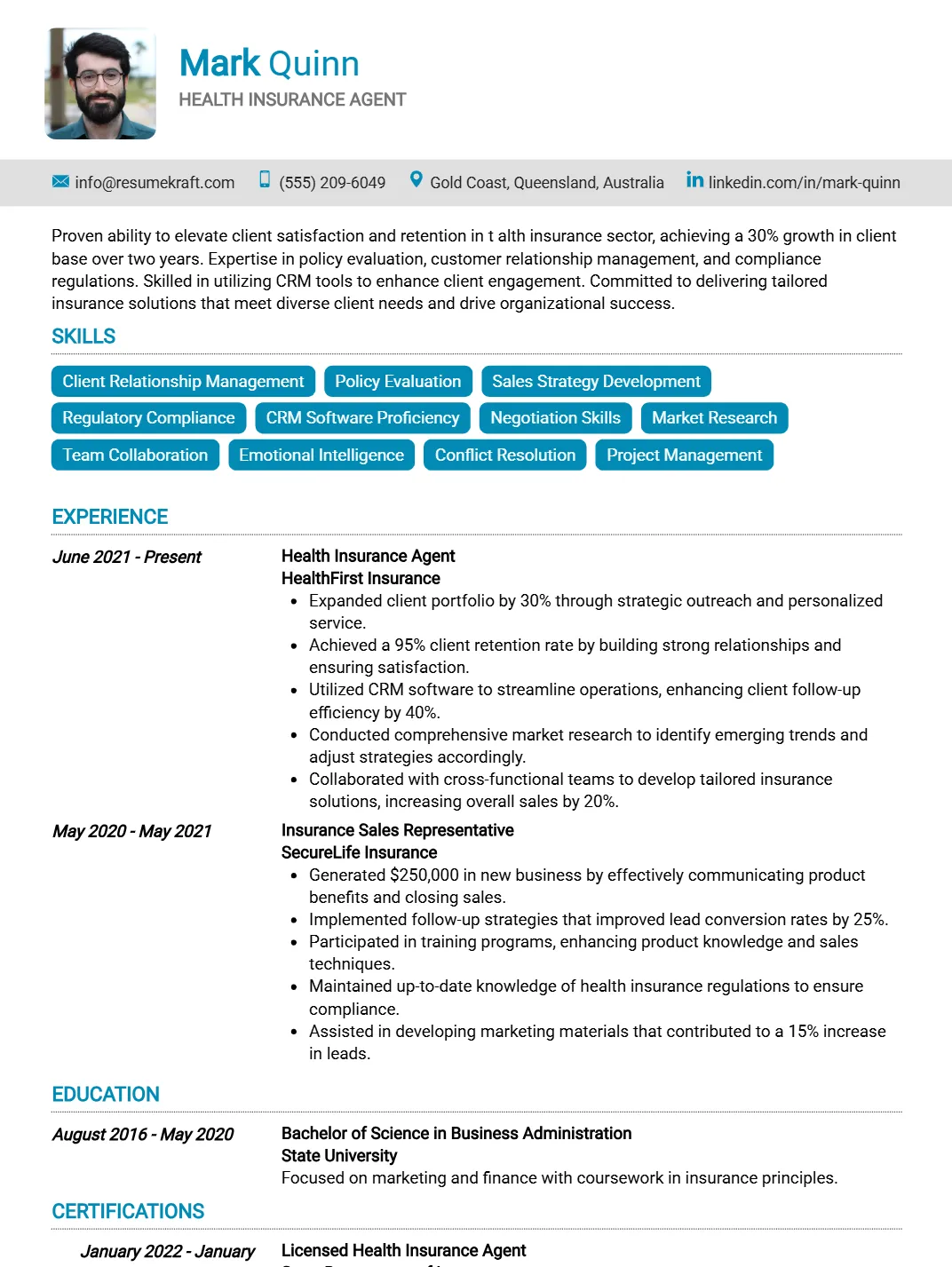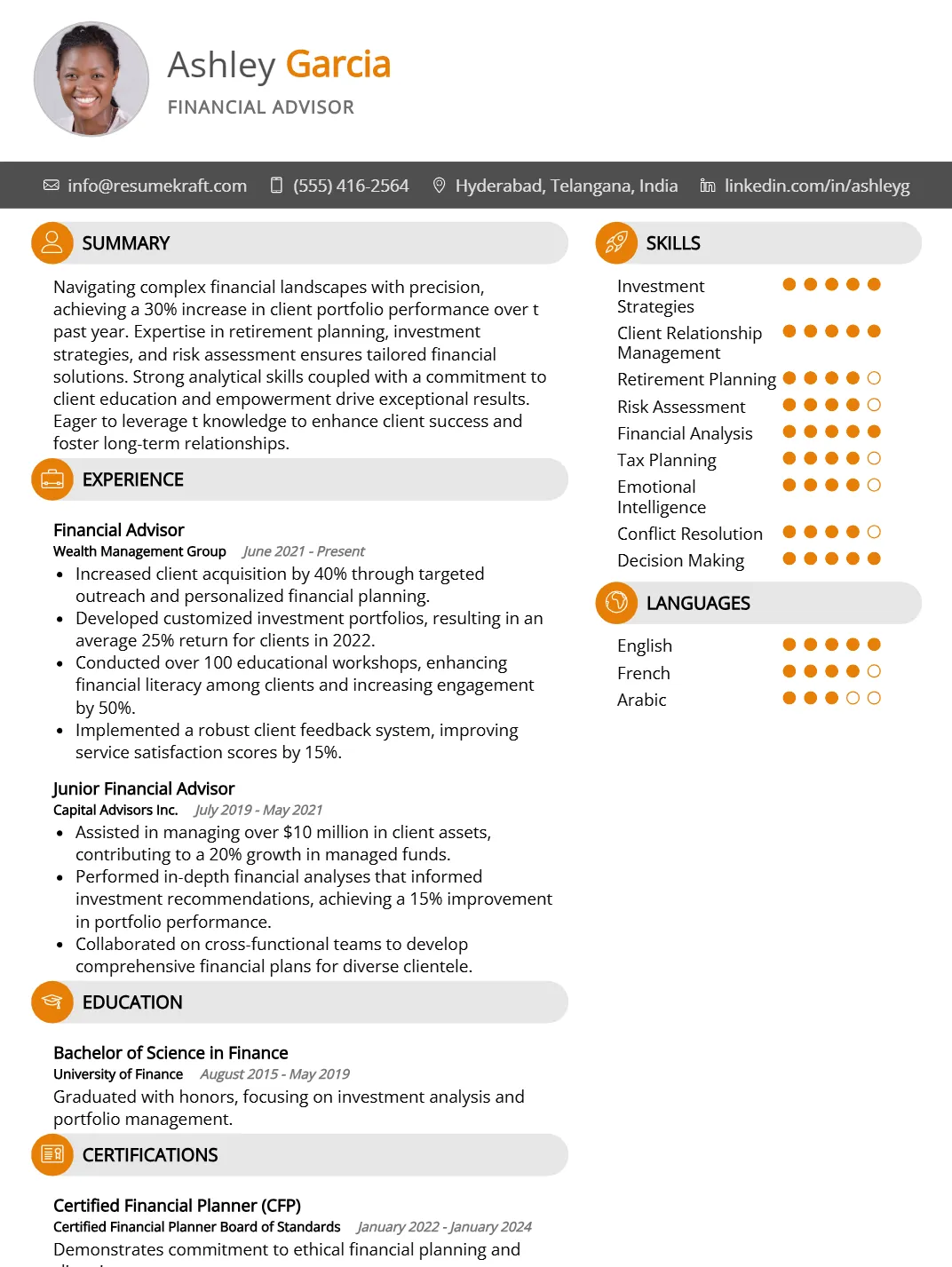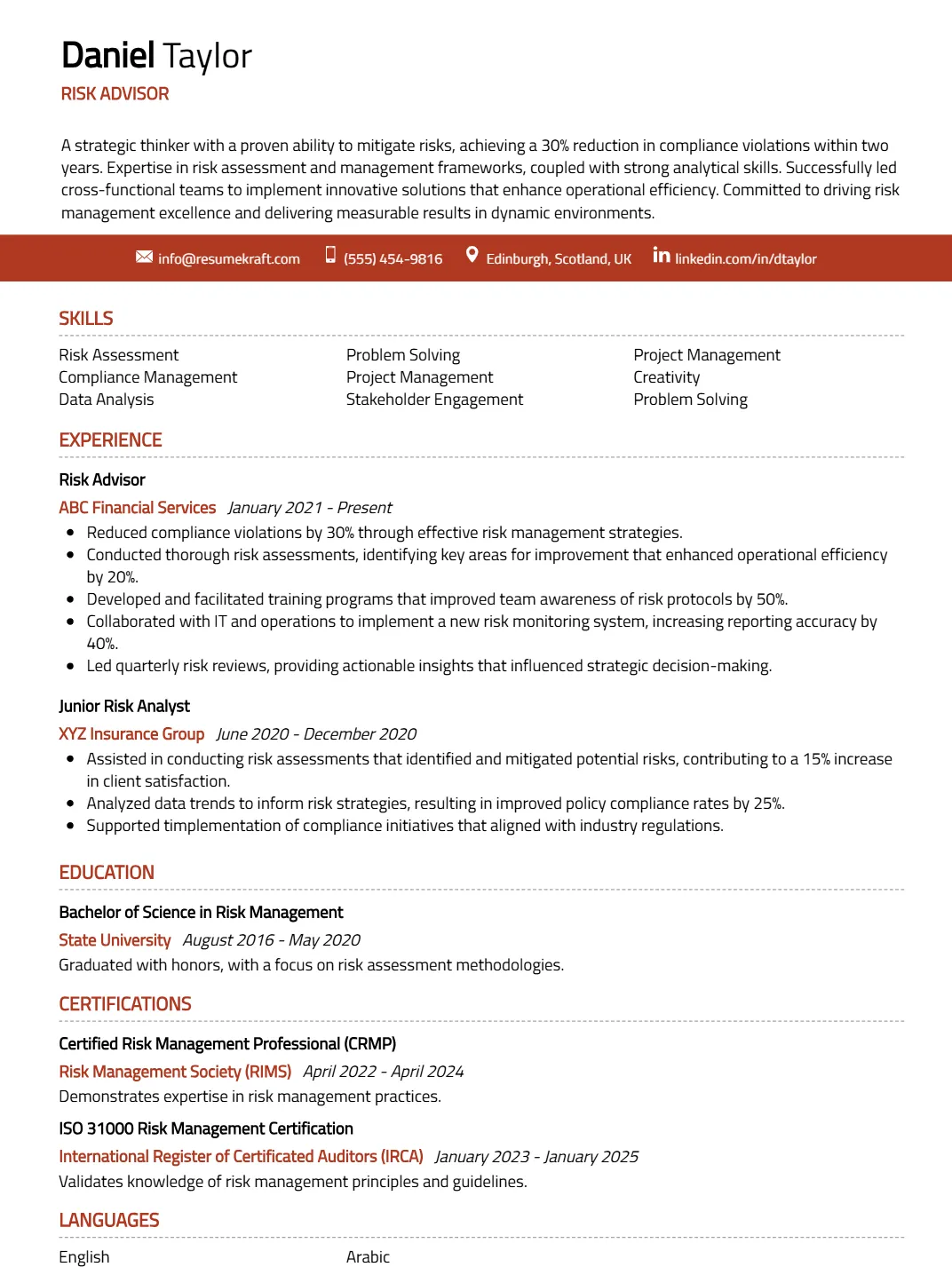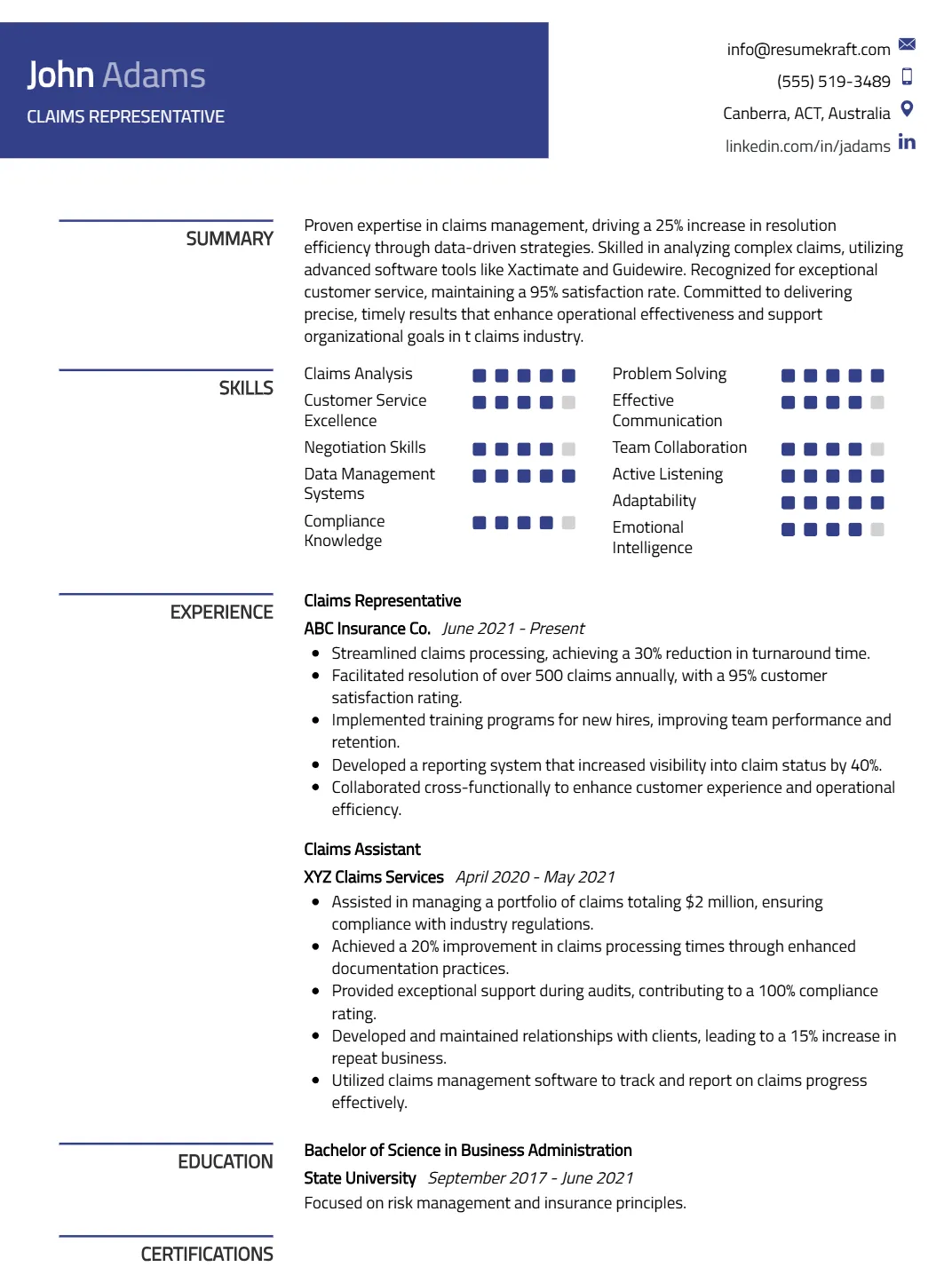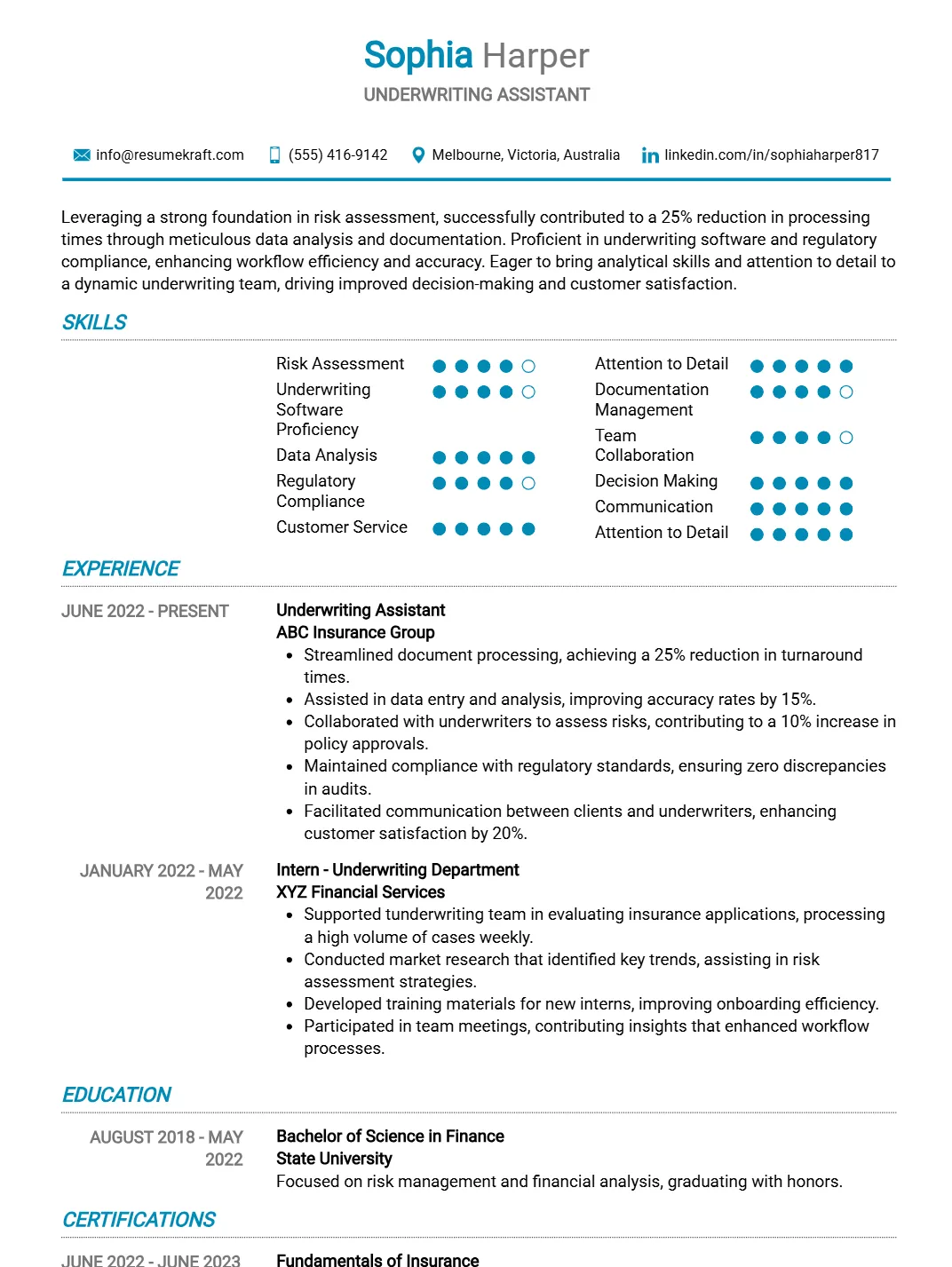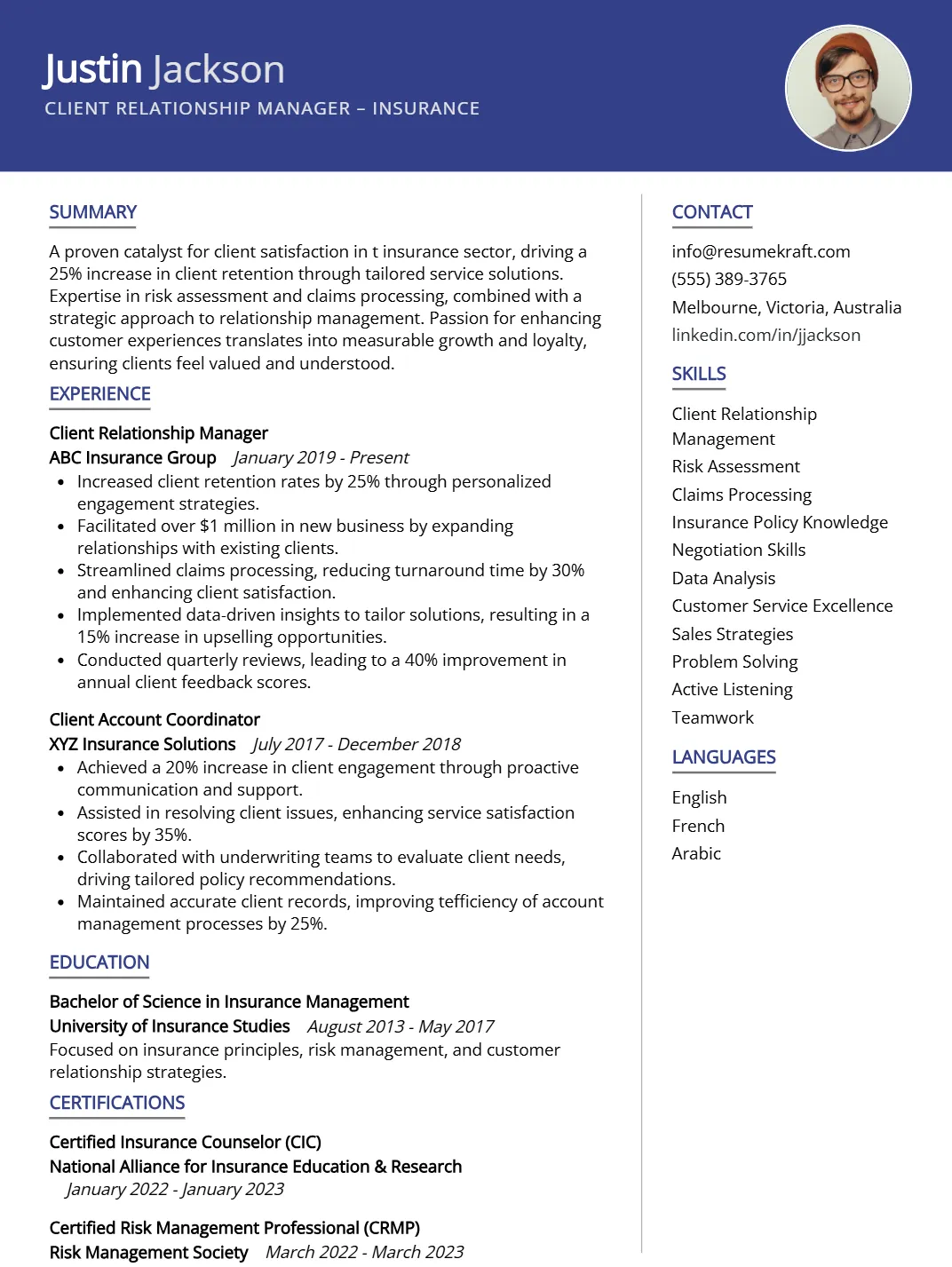
46 Case Management Interview Questions and Answers for 2025
Preparing for a Case Management interview is an exciting journey that allows you to showcase your unique skills in coordinating care and advocating for clients. This role is distinct because it requires a blend of empathy, organizational skills, and a deep understanding of healthcare systems. Proper interview preparation is crucial, as it not only boosts your confidence but also helps you articulate your experience effectively. In this comprehensive guide, we will cover common interview questions, key competencies sought by employers, strategies for showcasing your skills, and tips on how to align your answers with the values of the organization. Get ready to impress potential employers with your knowledge and passion for case management!
What to Expect in a Case Management Interview
In a Case Management interview, candidates can expect a structured process that may include behavioral and situational questions to assess their problem-solving abilities and interpersonal skills. Interviews may be conducted by a panel that includes case managers, human resources personnel, and potentially a supervisor. The format typically involves an initial screening interview, followed by one or more in-depth interviews that may include role-playing scenarios or case study discussions to evaluate critical thinking and decision-making skills. Candidates should be prepared to discuss their experience with case management practices and relevant regulations.
Case Management Interview Questions For Freshers
This set of Case Management interview questions is tailored for freshers entering the field. Candidates should master fundamental concepts such as case lifecycle management, relevant software tools, and best practices in documentation and communication. Understanding these basics will be essential for demonstrating competence in a case management role.
1. What is Case Management?
Case Management is a collaborative process that facilitates the assessment, planning, and coordination of services for individuals or groups. It aims to meet the needs of clients effectively by streamlining processes, ensuring proper resource allocation, and enhancing service delivery. Case managers work to promote client independence and achieve desired outcomes through effective communication and problem-solving.
2. What are the key components of the Case Management process?
- Assessment: Evaluating the needs and strengths of the client.
- Planning: Developing a comprehensive plan to address the identified needs.
- Implementation: Putting the plan into action by coordinating services.
- Monitoring: Regularly reviewing the progress and making necessary adjustments.
- Closure: Finalizing the case when the goals have been met.
These components interact continuously to ensure that clients receive effective support throughout their engagement with case management services.
3. Can you explain what a case plan is?
A case plan is a detailed document that outlines the specific goals, interventions, and resources required to address a client’s needs. It serves as a roadmap for both the client and the case manager, ensuring that all parties understand the objectives and the steps necessary to achieve them. The plan should be tailored to the individual client’s circumstances and reviewed regularly.
Build your resume in just 5 minutes with AI.

4. What is the role of a case manager?
The role of a case manager includes assessing client needs, developing case plans, coordinating services, monitoring progress, and advocating for clients. They serve as a liaison between clients and various service providers, ensuring that clients receive appropriate resources and support to achieve their goals. Effective communication and organizational skills are essential for success in this role.
5. What tools or software are commonly used in Case Management?
- Case Management Software: Applications like Salesforce, CaseWorthy, or Apricot help track cases and manage client interactions.
- Document Management Systems: Tools to store and organize client files, such as Google Drive or SharePoint.
- Communication Platforms: Software like Zoom or Microsoft Teams for meetings and consultations.
These tools enable case managers to streamline their workflow, enhance collaboration, and maintain accurate records of client interactions.
6. What is a client assessment in Case Management?
A client assessment is a systematic evaluation of an individual’s strengths, needs, and challenges. It helps case managers gather information about the client’s physical, emotional, and social circumstances. The assessment informs the development of a case plan and ensures that services are tailored to the client’s unique situation, enhancing the effectiveness of the support provided.
7. How do you ensure effective communication with clients?
- Active Listening: Pay close attention to what the client is saying to understand their concerns fully.
- Clarity: Use clear and simple language to explain processes and options.
- Empathy: Show understanding and compassion to build trust and rapport.
These strategies help create a supportive environment that encourages open dialogue and collaboration between the case manager and the client.
8. What is the importance of documentation in Case Management?
Documentation is crucial in Case Management as it provides a record of client interactions, assessments, and progress. It ensures accountability, supports compliance with regulations, and facilitates continuity of care among service providers. Accurate documentation also helps in evaluating the effectiveness of interventions and making informed decisions about future actions.
9. Can you describe the concept of a case closure?
Case closure refers to the process of formally ending a case once the goals outlined in the case plan have been achieved or when the client no longer requires services. It involves evaluating the outcomes, documenting the results, and ensuring that the client understands any follow-up actions or resources available to them in the future.
10. What are some challenges faced in Case Management?
- Resource Availability: Limited access to necessary services or funding can hinder case management efforts.
- Client Engagement: Some clients may be resistant to participating in their case plans.
- Complexity of Needs: Clients with multiple or overlapping issues require more intensive coordination and support.
Addressing these challenges requires creativity, persistence, and strong problem-solving skills from case managers.
11. How do you handle conflicts between clients and service providers?
Handling conflicts requires active listening, empathy, and mediation skills. The case manager should facilitate a dialogue between the parties, helping them express their concerns and work towards common ground. It is essential to remain neutral and focus on finding a resolution that considers the client’s best interests while maintaining professional relationships with service providers.
12. What strategies can be used to motivate clients?
- Goal Setting: Collaboratively setting realistic and achievable goals can empower clients.
- Positive Reinforcement: Recognizing and celebrating small successes encourages continued effort.
- Building Rapport: Establishing a trusting relationship fosters a supportive environment.
These strategies can help inspire clients to be proactive in pursuing their case plans and making positive changes in their lives.
13. Explain the term ‘multi-disciplinary team’ in Case Management.
A multi-disciplinary team in Case Management refers to a group of professionals from different fields working together to support a client. This team may include social workers, healthcare providers, counselors, and legal advisors. Collaboration among these professionals ensures that the client’s needs are addressed holistically, providing comprehensive support and improving overall outcomes.
14. What is the role of advocacy in Case Management?
Advocacy in Case Management involves representing and supporting clients in accessing services and resources. Case managers advocate for clients’ rights, needs, and preferences, ensuring they receive appropriate care and support. This role is essential in empowering clients and helping them navigate complex systems to achieve their goals.
15. How do you measure the success of Case Management interventions?
- Outcome Tracking: Monitoring the progress of clients against their goals and objectives.
- Client Feedback: Gathering input from clients about their experiences and satisfaction with services.
- Service Utilization: Evaluating how effectively resources are used in meeting client needs.
These measures provide valuable insights into the effectiveness of interventions, informing future case management practices.
These questions are tailored for freshers entering the Case Management field, focusing on fundamental concepts and basic understanding required for entry-level positions.
16. What is Case Management and what are its primary objectives?
Case Management is a collaborative process aimed at ensuring that individuals receive the necessary services and support to achieve specific goals related to their health, social well-being, or legal matters. The primary objectives of Case Management include:
- Coordination of Services: Integrating various services to meet the needs of clients effectively.
- Resource Management: Ensuring optimal use of available resources to support clients.
- Outcome Measurement: Evaluating the effectiveness of interventions and making adjustments as necessary.
- Client Empowerment: Supporting clients in making informed decisions about their care and services.
Overall, Case Management seeks to enhance the quality of life for individuals while streamlining service delivery.
17. What are the key steps in the Case Management process?
The Case Management process typically follows several key steps to ensure effective service delivery:
- Assessment: Gathering comprehensive information about the client’s needs, strengths, and challenges.
- Planning: Developing a tailored plan that outlines the goals and services needed to address the client’s needs.
- Implementation: Coordinating and providing the necessary services as outlined in the care plan.
- Monitoring: Continuously reviewing the client’s progress and the effectiveness of the services provided.
- Evaluation: Assessing outcomes to determine if the objectives have been met and making necessary adjustments.
This structured approach helps Case Managers effectively support clients and adapt to their evolving needs.
Case Management Intermediate Interview Questions
Intermediate Case Management interview questions focus on candidates’ understanding of processes, tools, and best practices in managing cases effectively. Candidates should be familiar with case workflows, documentation standards, and how to leverage technology to enhance case management efficiency.
18. What are the key components of a case management system?
A case management system typically includes the following key components:
- Case Intake: The process of collecting initial information and relevant documents related to a case.
- Case Tracking: Tools for monitoring the progress of cases, including deadlines and milestones.
- Documentation Management: Systems for organizing and storing case-related documents securely.
- Reporting and Analytics: Features that provide insights through data analysis, helping in decision-making.
- User Roles and Permissions: Defining access levels for different users to ensure confidentiality and security.
These components work together to provide a comprehensive approach to managing cases effectively.
19. How do you ensure data accuracy in case management?
Ensuring data accuracy in case management involves several best practices:
- Regular Audits: Conduct periodic reviews of case data to identify and correct inaccuracies.
- Standardized Procedures: Implement uniform data entry procedures to minimize errors during intake.
- Training Staff: Provide ongoing training for staff on the importance of data accuracy and proper documentation techniques.
- Use of Technology: Leverage software tools that include validation checks and error alerts during data entry.
By integrating these practices, organizations can maintain high data quality in their case management processes.
20. What is the role of workflow automation in case management?
Workflow automation in case management streamlines processes, reduces manual tasks, and increases efficiency. Key benefits include:
- Increased Efficiency: Automating routine tasks allows staff to focus on more complex responsibilities.
- Consistency: Ensures standardized procedures are followed, reducing variability in case handling.
- Visibility: Provides real-time tracking of case status and progress, enhancing communication among team members.
- Error Reduction: Minimizes the risk of human errors associated with manual entry and task management.
Overall, workflow automation enhances the effectiveness of case management systems.
21. How do you handle sensitive information in case management?
Handling sensitive information in case management requires strict adherence to privacy and security protocols:
- Data Encryption: Utilize encryption methods to protect sensitive data, both in transit and at rest.
- Access Controls: Implement role-based access controls to restrict information access to authorized personnel only.
- Regular Training: Provide training for staff on data protection policies and the importance of confidentiality.
- Compliance: Ensure compliance with relevant regulations, such as GDPR or HIPAA, depending on the nature of the data.
By following these practices, organizations can safeguard sensitive information in their case management processes.
22. What are common challenges faced in case management, and how can they be addressed?
Common challenges in case management include:
- Data Overload: Managing large volumes of data can be overwhelming. Address this by implementing efficient data organization and retrieval systems.
- Communication Gaps: Miscommunication among team members can lead to errors. Promote regular updates and use collaborative tools to enhance communication.
- Resource Allocation: Balancing case loads can be difficult. Use analytics to identify trends in case assignments and adjust resources accordingly.
- Compliance Issues: Keeping up with regulations can be challenging. Regularly update policies and provide training to ensure compliance.
Addressing these challenges requires proactive strategies and effective tools to support case management efforts.
23. What metrics do you consider important for evaluating case management performance?
Key metrics for evaluating case management performance include:
- Case Resolution Time: The average time taken to resolve cases, which indicates efficiency.
- Case Load Per Staff: The number of cases handled by each staff member, providing insights into workload balance.
- Client Satisfaction: Feedback from clients regarding their experience, which can help identify areas for improvement.
- Compliance Rates: The percentage of cases meeting regulatory requirements, showcasing adherence to standards.
Tracking these metrics helps organizations assess their performance and identify opportunities for improvement.
24. How do you prioritize cases in a case management system?
Prioritizing cases effectively involves considering several factors:
- Severity: Assess the urgency and impact of the case on the client and organization.
- Deadlines: Identify cases with imminent deadlines that require immediate attention.
- Resource Availability: Consider the availability of staff and resources to handle cases efficiently.
- Client Needs: Prioritize cases based on the specific needs and circumstances of the clients involved.
By using these criteria, case managers can ensure that they address the most critical cases first.
25. What is the importance of documentation in case management?
Documentation is crucial in case management for several reasons:
- Accountability: Provides a clear record of actions taken, ensuring accountability among team members.
- Continuity of Care: Ensures that information is accessible to all stakeholders, facilitating seamless transitions between caregivers.
- Legal Protection: Well-maintained records can serve as legal evidence in disputes or audits.
- Performance Analysis: Documentation allows for the analysis of case outcomes, helping to improve processes and practices.
Effective documentation practices are essential for successful case management.
26. How can technology improve case management processes?
Technology can significantly enhance case management processes in several key ways:
- Automation: Automates repetitive tasks, allowing staff to focus on higher-priority activities.
- Data Analytics: Provides insights through data analysis, enabling informed decision-making and process improvements.
- Communication Tools: Facilitates better communication between team members and clients through integrated messaging systems.
- Remote Access: Allows case management access from various locations, improving flexibility and responsiveness.
Utilizing technology effectively can lead to a more streamlined and efficient case management process.
27. What strategies do you use for conflict resolution in case management?
Effective conflict resolution strategies in case management include:
- Active Listening: Ensure that all parties feel heard and understood, which can help de-escalate tensions.
- Empathy: Show empathy towards those involved in the conflict, fostering a collaborative atmosphere.
- Problem Solving: Focus on identifying common goals and finding mutually acceptable solutions.
- Mediation: If necessary, involve a neutral third party to facilitate discussions and negotiations.
Implementing these strategies can help resolve conflicts and maintain positive relationships among stakeholders.
28. How do you stay updated with changes in regulations relevant to case management?
Staying updated with regulatory changes is critical for effective case management. Strategies include:
- Continuous Education: Attend workshops, webinars, and training sessions focused on regulations in the field.
- Professional Associations: Join relevant professional organizations that provide updates and resources on regulatory changes.
- Networking: Engage with peers and experts in the field to share insights and discuss recent developments.
- Monitoring Resources: Regularly review industry publications, newsletters, and regulatory websites for the latest information.
By actively pursuing these strategies, case managers can ensure compliance and adapt to changing regulations effectively.
29. What are some best practices for case closure in case management?
Best practices for case closure include:
- Final Review: Conduct a thorough review of the case to ensure all objectives have been met and documentation is complete.
- Client Follow-Up: Reach out to clients to gather feedback on their experience and ensure their needs have been addressed.
- Data Analysis: Analyze case outcomes to identify trends and areas for improvement in future cases.
- Documentation of Closure: Document the closure process and outcomes to maintain a comprehensive case history.
Implementing these practices ensures a smooth transition and valuable insights for future cases.
Here are two intermediate-level interview questions for Case Management professionals, focusing on practical applications and best practices.
33. What are the key components of an effective case management system?
An effective case management system should include several key components to enhance efficiency and service delivery:
- Intake and Assessment: This includes collecting client information and assessing their needs to ensure appropriate service delivery.
- Service Planning: Developing a personalized service plan that outlines the goals, interventions, and resources required for the client.
- Monitoring and Tracking: Continuous monitoring of client progress and case updates to adjust strategies as necessary.
- Collaboration Tools: Features that facilitate communication and collaboration among stakeholders, including caseworkers, clients, and other service providers.
- Reporting and Analytics: Tools to generate reports and analyze data for improving service delivery and outcomes.
These components work together to create a streamlined process that enhances the overall client experience and case outcomes.
34. How can technology improve the efficiency of case management?
Technology can significantly enhance case management efficiency through various means:
- Automation: Automating routine tasks such as appointment scheduling, document management, and follow-ups reduces manual work and minimizes errors.
- Centralized Data Storage: A digital case management system allows for secure, centralized storage of client information, making it easily accessible to authorized personnel.
- Real-Time Communication: Technology facilitates real-time communication among case managers and clients, ensuring timely updates and interventions.
- Data Analytics: Leveraging analytics tools can help identify trends, measure outcomes, and improve service delivery based on data-driven decisions.
By integrating technology into case management processes, organizations can improve efficiency, enhance collaboration, and ultimately provide better services to clients.
Case Management Interview Questions for Experienced
This section focuses on advanced Case Management interview questions tailored for experienced professionals. The questions delve into architecture, optimization, scalability, design patterns, and leadership strategies relevant to effective case management systems.
35. How do you ensure scalability in a case management system?
Scalability in a case management system can be achieved through various strategies:
- Microservices Architecture: Implementing microservices allows each component of the system to scale independently based on demand, improving resource utilization.
- Load Balancing: Distributing workloads evenly across servers can prevent any single resource from becoming a bottleneck.
- Database Optimization: Using techniques such as indexing, sharding, and caching can enhance database performance, supporting larger data sets efficiently.
- Cloud Solutions: Leveraging cloud services enables dynamic scaling of resources, allowing for handling varying loads without significant upfront investments.
Combining these strategies can lead to a robust case management system capable of handling increased workloads effectively.
36. What design patterns have you found most useful in case management applications?
Several design patterns are particularly beneficial for case management applications, including:
- Repository Pattern: This pattern provides a way to encapsulate data access logic, promoting separation of concerns and improving testability.
- Observer Pattern: Useful for event-driven architectures, it allows components to react to changes in case status or data without tight coupling.
- Command Pattern: This pattern is useful for implementing actions on cases, allowing commands to be encapsulated, queued, or logged.
- Singleton Pattern: Ensures a single instance of certain components, such as configuration managers, is used across the application.
Using these patterns can enhance maintainability and flexibility in case management systems.
37. How do you approach optimizing performance in large case management datasets?
Optimizing performance in large case management datasets involves several techniques:
- Data Indexing: Creating indexes on frequently queried fields can significantly speed up data retrieval times.
- Query Optimization: Analyzing and refining SQL queries to reduce execution time and resource consumption is crucial.
- Data Archiving: Moving older, less frequently accessed cases to an archive can improve performance by reducing the size of active datasets.
- In-memory Caching: Implementing caching mechanisms can reduce database load and improve response times for frequently accessed data.
These strategies, when applied thoughtfully, can lead to considerable performance improvements.

Build your resume in 5 minutes
Our resume builder is easy to use and will help you create a resume that is ATS-friendly and will stand out from the crowd.
38. Can you describe a time you mentored a junior developer in case management technologies?
I once mentored a junior developer who was new to our case management system. I started by introducing them to the project’s architecture, emphasizing key components such as the database structure and APIs. We worked together on a specific feature, where I guided them through best practices, code reviews, and testing techniques. Over time, they grew more confident, successfully implementing multiple features independently and contributing to team discussions. Mentoring not only helped the junior developer but also reinforced my own understanding and leadership skills.
39. How do you handle the integration of third-party services in case management systems?
Integrating third-party services requires careful planning and execution:
- API Documentation: Thoroughly review the API documentation of the third-party service to understand its capabilities and limitations.
- Security Considerations: Ensure that authentication and data security measures are in place to protect sensitive case information.
- Error Handling: Implement robust error handling to manage potential failures in service calls gracefully.
- Performance Monitoring: Continuously monitor the performance of the integration to identify and resolve issues proactively.
By following these steps, you can create seamless and reliable integrations with third-party services.
40. What techniques do you use to ensure data integrity in case management systems?
Ensuring data integrity is critical in case management systems. Techniques include:
- Validation Rules: Implementing strict validation rules at both the client and server levels to ensure only valid data is processed.
- Transactions: Using database transactions to ensure that multiple operations either all succeed or all fail, maintaining consistency.
- Audit Trails: Keeping detailed logs of data changes helps track modifications and identify any unauthorized changes.
- Regular Backups: Performing regular data backups ensures that data can be restored in case of corruption or loss.
Adopting these techniques helps maintain high data integrity standards throughout the case management process.
41. How do you approach user experience (UX) design in case management applications?
UX design in case management applications is essential for user adoption and satisfaction. My approach includes:
- User Research: Conducting interviews and surveys with users to understand their needs, pain points, and workflows.
- Prototyping: Creating wireframes and prototypes to visualize the design and gather early feedback from stakeholders.
- Usability Testing: Implementing usability tests to identify areas of improvement, ensuring that the application is intuitive and user-friendly.
- Iterative Design: Continuously refining the design based on user feedback and performance metrics to enhance the overall user experience.
This user-centered approach ensures that the case management system effectively meets the users’ needs.
42. What strategies do you implement for effective case prioritization?
Effective case prioritization is critical for managing workloads in case management. Strategies include:
- Criteria Definition: Establishing clear criteria for prioritization based on urgency, impact, and case complexity.
- Automated Scoring: Implementing algorithms to score and rank cases based on defined criteria, allowing for data-driven prioritization.
- Regular Reviews: Conducting regular case review meetings to reassess priorities based on changing circumstances or new information.
- Team Collaboration: Encouraging team input on case prioritization to leverage collective insights and experiences.
These strategies help ensure that the most critical cases are addressed promptly and efficiently.
43. How do you keep up with technological advancements relevant to case management?
Staying current with technological advancements is crucial. I employ several strategies:
- Continuous Learning: I regularly attend workshops, webinars, and conferences focused on case management technologies and trends.
- Online Courses: Enrolling in online courses and certifications helps deepen my knowledge of emerging tools and methodologies.
- Networking: Engaging with professional networks and online forums allows me to share experiences and learn from peers.
- Reading Industry Publications: Subscribing to industry journals and blogs keeps me informed about best practices and innovative approaches.
These strategies enable me to stay ahead in the field and apply relevant advancements to my work.
44. Can you describe a successful project where you implemented a new feature in a case management system?
In a recent project, I led the implementation of an automated case assignment feature in our case management system. This involved analyzing existing workflows to identify bottlenecks and inefficiencies. I proposed an algorithm that dynamically assigned cases based on team members’ current workloads and expertise. After gathering feedback from stakeholders, I developed the feature using a microservices architecture for scalability. Post-launch, we observed a 30% reduction in case assignment times and increased team productivity, demonstrating the feature’s success and positive impact on operations.
How to Prepare for Your Case Management Interview
Preparing for a Case Management interview requires a strategic approach to demonstrate your skills, knowledge, and suitability for the role. Understanding the key responsibilities and expectations will help you present yourself as a competent candidate ready to make an impact.
- Research the Organization: Familiarize yourself with the agency’s mission, values, and the specific population they serve. Understanding their approach to case management will enable you to align your answers with their goals and demonstrate your genuine interest in their work.
- Review Case Management Principles: Brush up on essential case management concepts, including assessment, planning, implementation, and evaluation. Being able to articulate these processes during the interview will showcase your expertise and understanding of the role’s core responsibilities.
- Prepare for Behavioral Questions: Anticipate questions about past experiences and how you handled various situations. Use the STAR method (Situation, Task, Action, Result) to structure your responses, highlighting your problem-solving skills and ability to work with diverse clients.
- Understand Relevant Regulations: Be aware of the legal and ethical standards that govern case management in your field. Familiarizing yourself with these regulations will allow you to discuss compliance confidently and demonstrate your commitment to upholding professional standards.
- Develop Your Personal Case Management Philosophy: Reflect on what case management means to you and how your approach aligns with best practices. Be prepared to articulate your philosophy during the interview, showcasing your commitment to client-centered care.
- Practice Active Listening: Case management requires excellent communication and listening skills. During the interview, practice active listening by engaging with the interviewer, asking clarifying questions, and responding thoughtfully to their inquiries to demonstrate your interpersonal skills.
- Prepare Questions for the Interviewer: Develop insightful questions to ask the interviewer about the agency’s challenges, goals, and team dynamics. This shows your enthusiasm for the position and helps you gauge if the organization is the right fit for you.
Common Case Management Interview Mistakes to Avoid
Interviewing for a Case Management position requires specific skills and knowledge. Avoiding common mistakes can significantly improve your chances of making a positive impression and securing the role. Here are some key pitfalls to watch out for during your interview.
- Inadequate Knowledge of the Role: Failing to understand the specific responsibilities of a Case Manager can demonstrate a lack of preparation. Research the duties and challenges associated with the position to show genuine interest and competence.
- Poor Communication Skills: Case Managers must communicate effectively with clients, families, and professionals. If you struggle to articulate your thoughts clearly during the interview, it may raise concerns about your ability to communicate in the role.
- Neglecting to Share Relevant Experience: Not highlighting your previous case management or related experience can lead interviewers to question your qualifications. Prepare examples that showcase your skills, problem-solving abilities, and direct impact in prior roles.
- Not Asking Questions: Failing to ask insightful questions can signal a lack of interest in the position or organization. Prepare thoughtful questions about the company culture, case management processes, and team dynamics to engage the interviewer.
- Ignoring Behavioral Questions: Case Management often involves complex situations. Not preparing for behavioral questions can hinder your ability to demonstrate how you handle stress, conflict, and ethical dilemmas. Use the STAR method to structure your responses.
- Underestimating the Importance of Empathy: Case Managers must exhibit empathy towards clients and their families. If you fail to convey your understanding of their challenges or your commitment to compassionate care, it may raise red flags for interviewers.
- Providing Generic Answers: Offering vague or generic answers can suggest a lack of preparation. Tailor your responses to showcase your unique skills and experiences that are relevant to the Case Management role you are applying for.
- Neglecting Follow-Up Etiquette: Not sending a thank-you email after the interview can leave a negative impression. A follow-up message reiterates your interest in the position and appreciation for the opportunity, reinforcing a positive connection.
Key Takeaways for Case Management Interview Success
- Prepare a polished resume using an AI resume builder to ensure clarity and professionalism. Tailor the content to highlight relevant experience and skills specific to case management roles.
- Utilize resume templates to structure your document effectively. A well-organized resume improves readability and allows hiring managers to quickly identify your qualifications.
- Showcase your experience with compelling resume examples that reflect your achievements in case management. Quantify your results to demonstrate your impact and effectiveness in previous roles.
- Craft personalized cover letters that complement your resume. Highlight your passion for case management and how your background aligns with the organization’s mission and values.
- Engage in mock interview practice to build confidence and refine your responses. This preparation helps you articulate your expertise and handle case scenarios effectively during the actual interview.
Frequently Asked Questions
1. How long does a typical Case Management interview last?
A typical Case Management interview usually lasts between 30 to 60 minutes. During this time, interviewers assess your experience, problem-solving skills, and ability to manage cases effectively. Be prepared to discuss specific scenarios you have encountered and how you resolved them. Also, expect questions about your understanding of case management principles, client interactions, and collaboration with other professionals. Time management is essential, so practice articulating your thoughts clearly and concisely within the allotted time.
2. What should I wear to a Case Management interview?
For a Case Management interview, it’s best to dress in professional business attire. This typically means a suit or a professional dress for women, and a suit or dress shirt with slacks for men. Opt for neutral colors that convey professionalism, such as navy, gray, or black. Your attire should be clean, well-fitted, and appropriate for a clinical or office environment. Remember, first impressions matter, and dressing appropriately can demonstrate your professionalism and seriousness about the position.
3. How many rounds of interviews are typical for a Case Management position?
<pTypically, the interview process for a Case Management position may include two to three rounds. The first round is often a phone or video interview, focusing on your background and qualifications. Subsequent rounds may involve in-person interviews with hiring managers or team members, where you’ll delve deeper into your case management skills and scenarios. Some organizations may also include a practical assessment to evaluate your problem-solving abilities. Be prepared for each stage by reviewing relevant experiences and competencies.4. Should I send a thank-you note after my Case Management interview?
Yes, sending a thank-you note after your Case Management interview is highly recommended. It demonstrates your appreciation for the opportunity and reinforces your interest in the position. Aim to send the note within 24 hours of the interview, expressing gratitude for the interviewers’ time and highlighting key points discussed. A well-crafted thank-you note can leave a positive impression and keep you top-of-mind as they make their hiring decision. It reflects professionalism and good etiquette.

